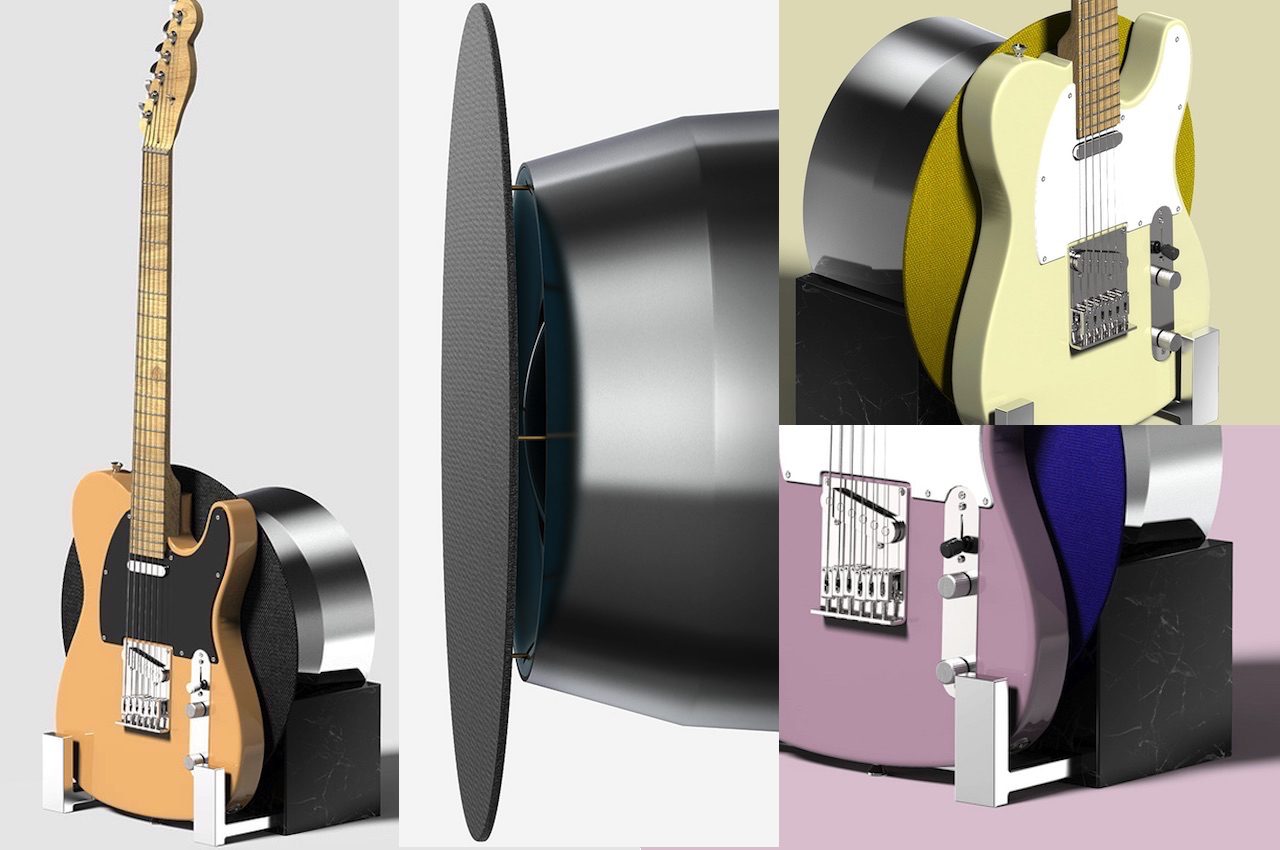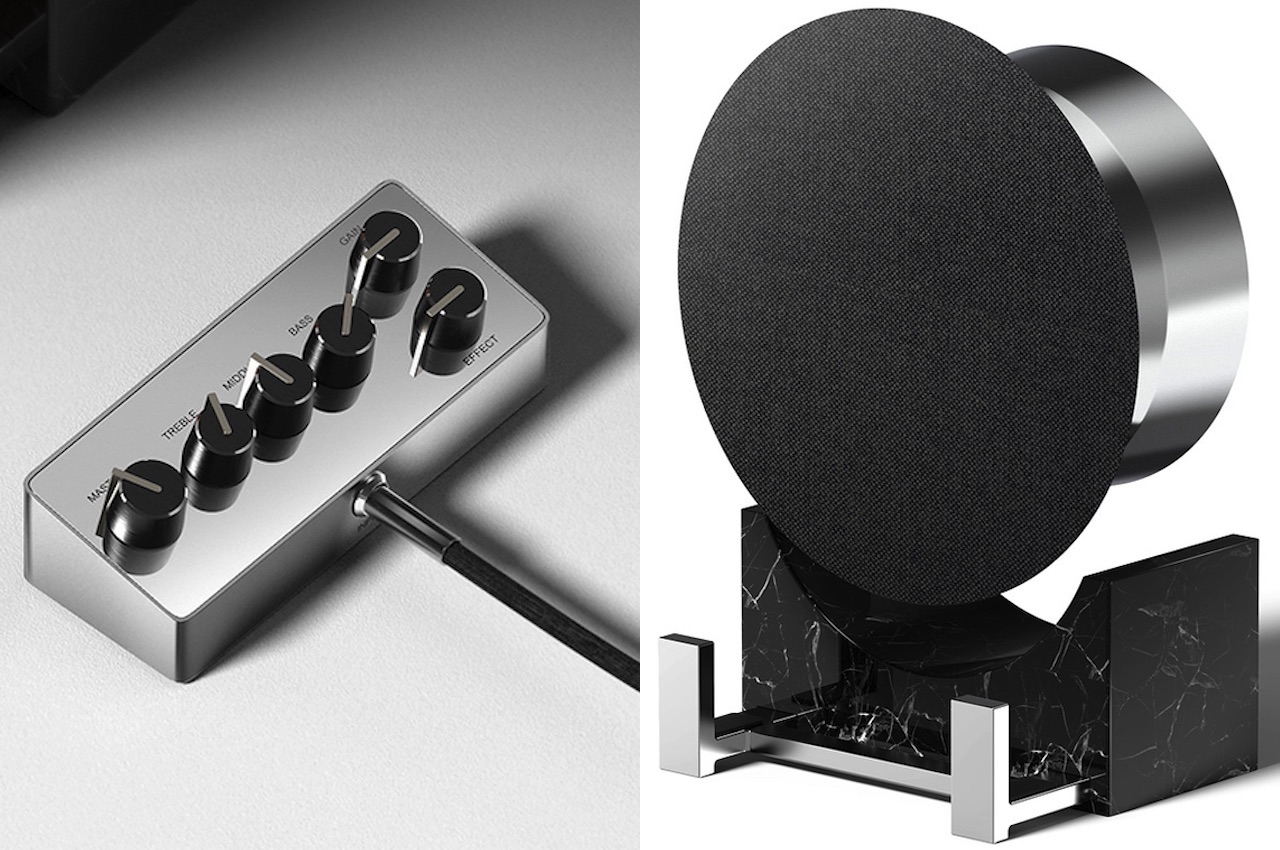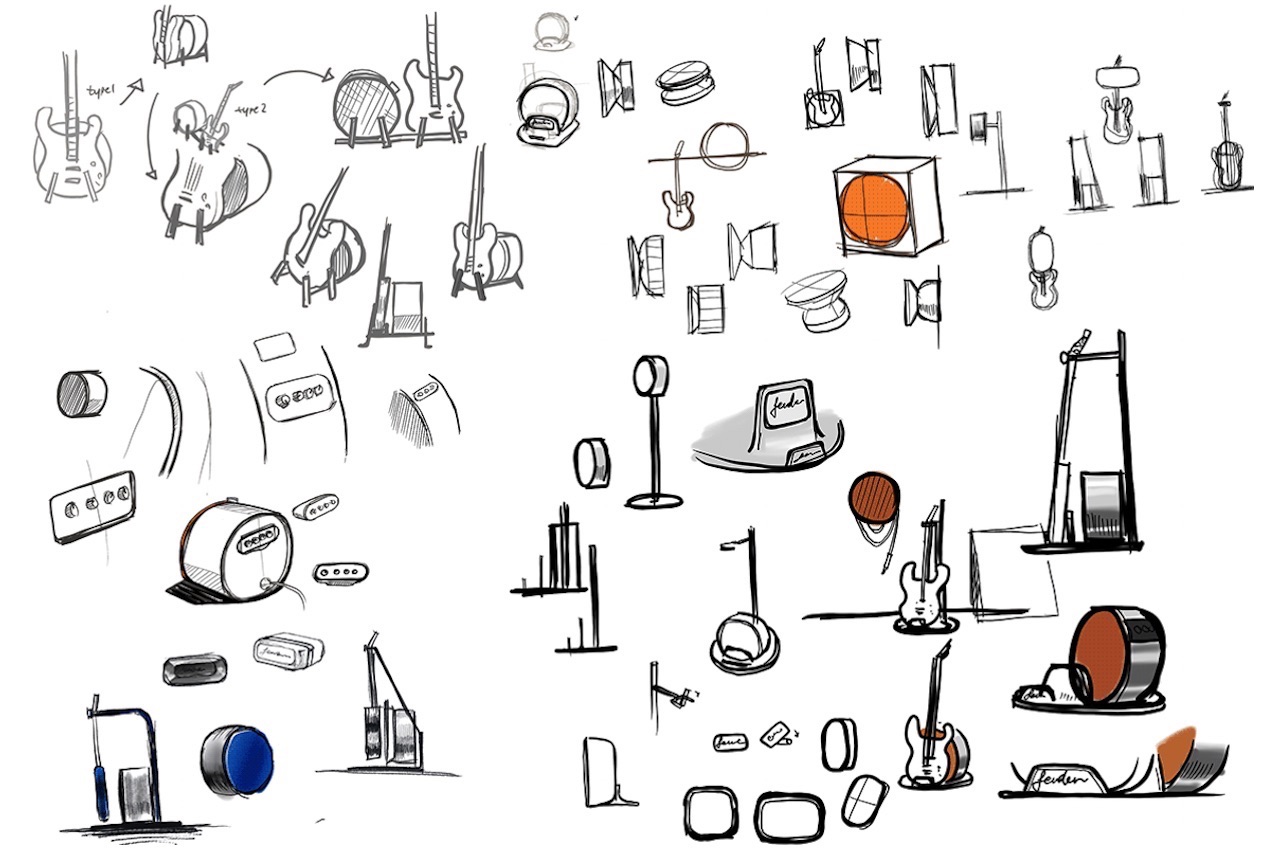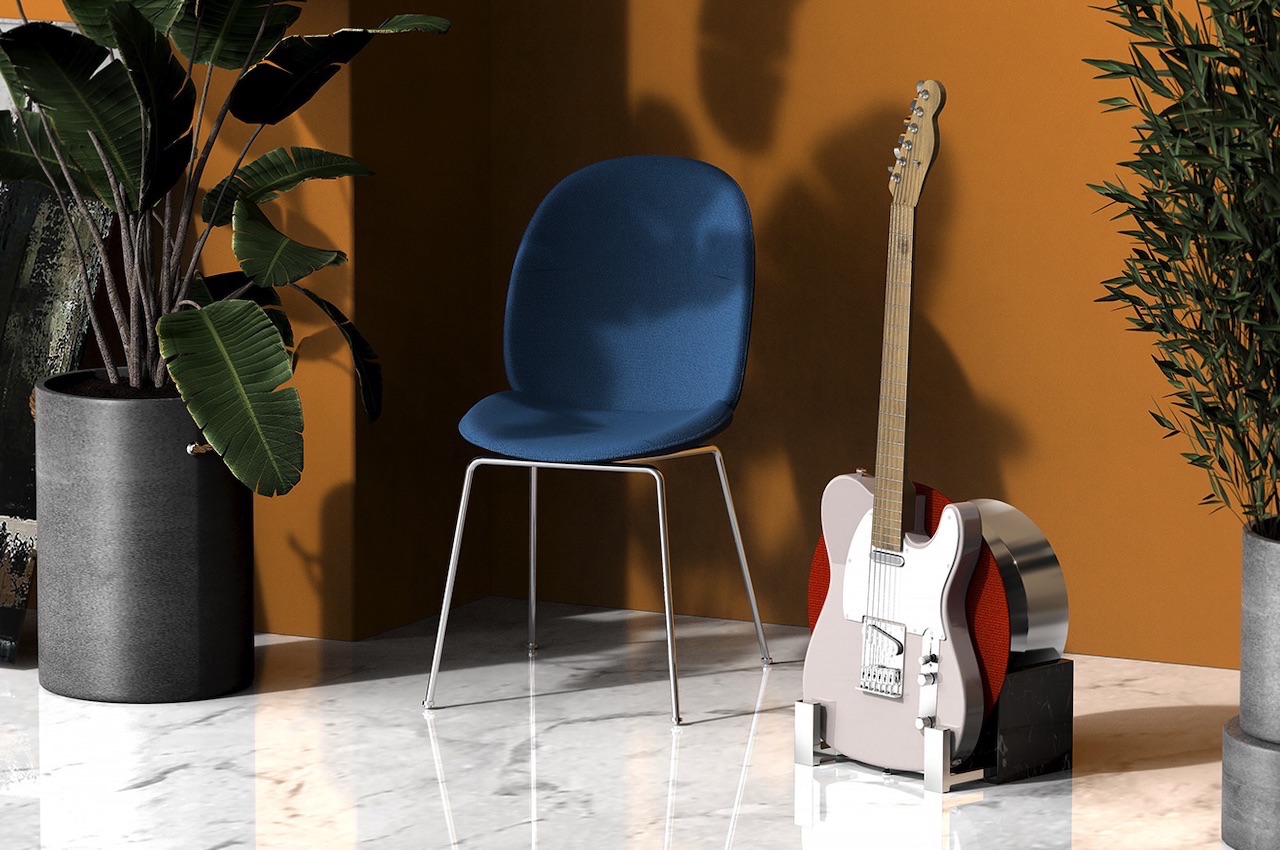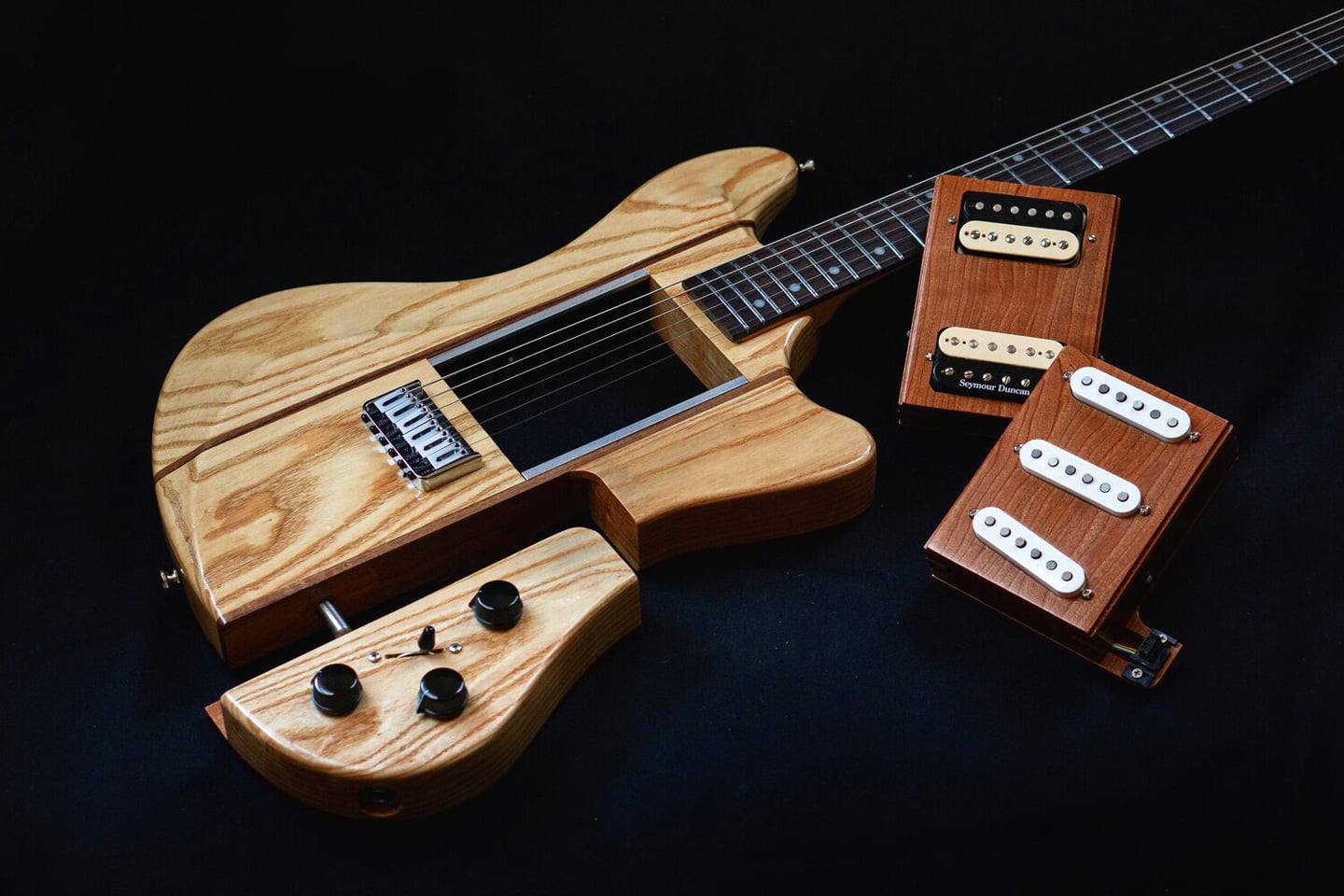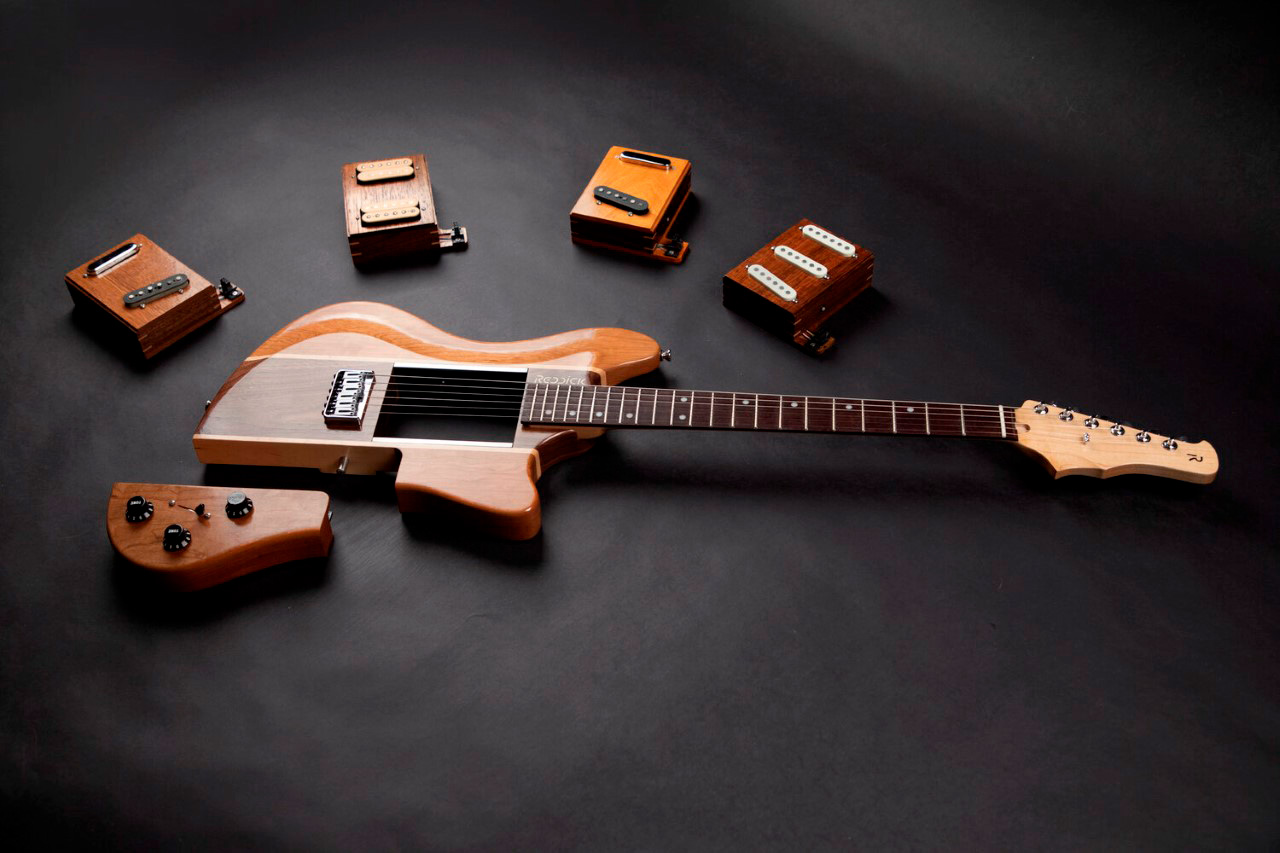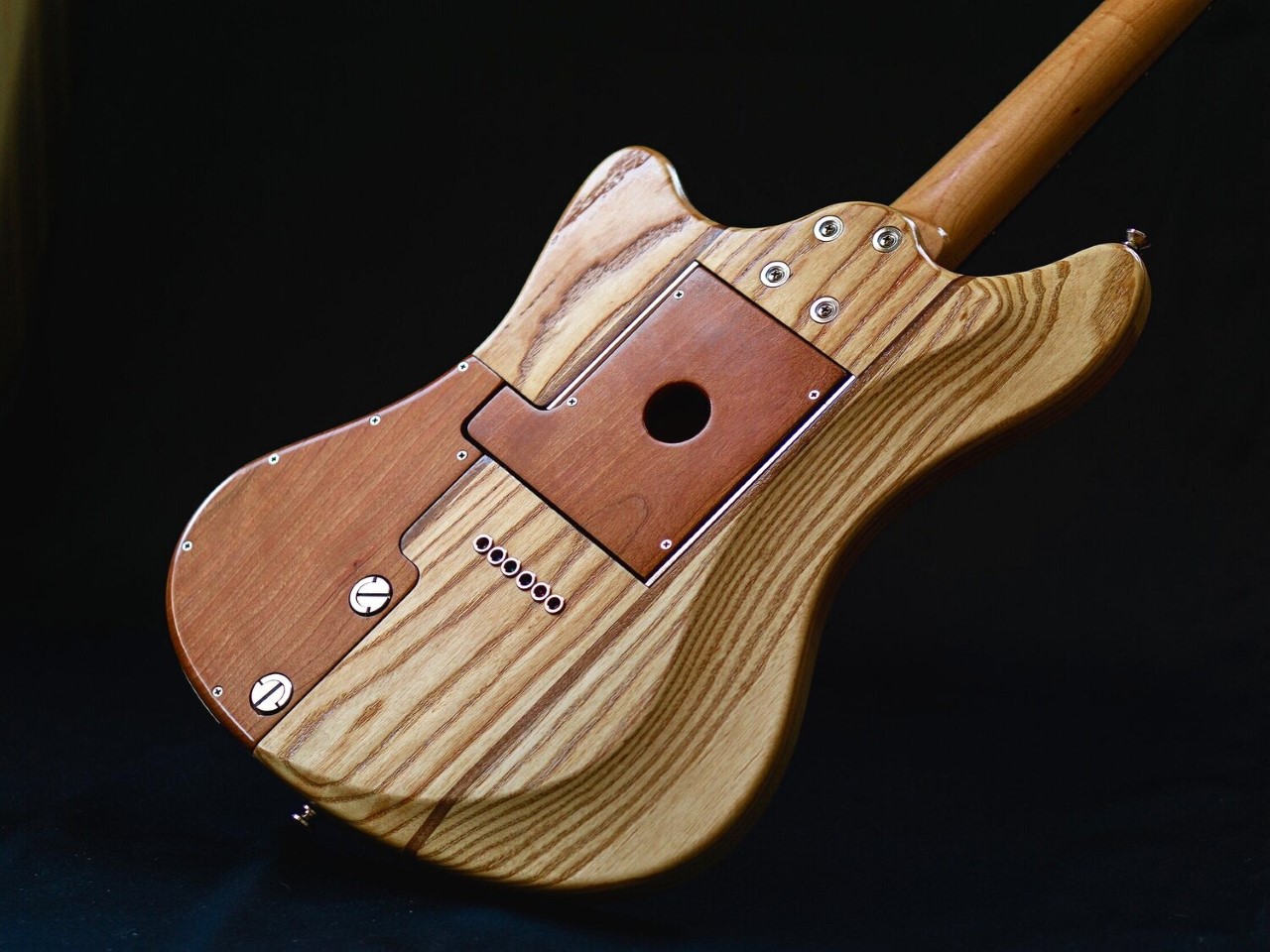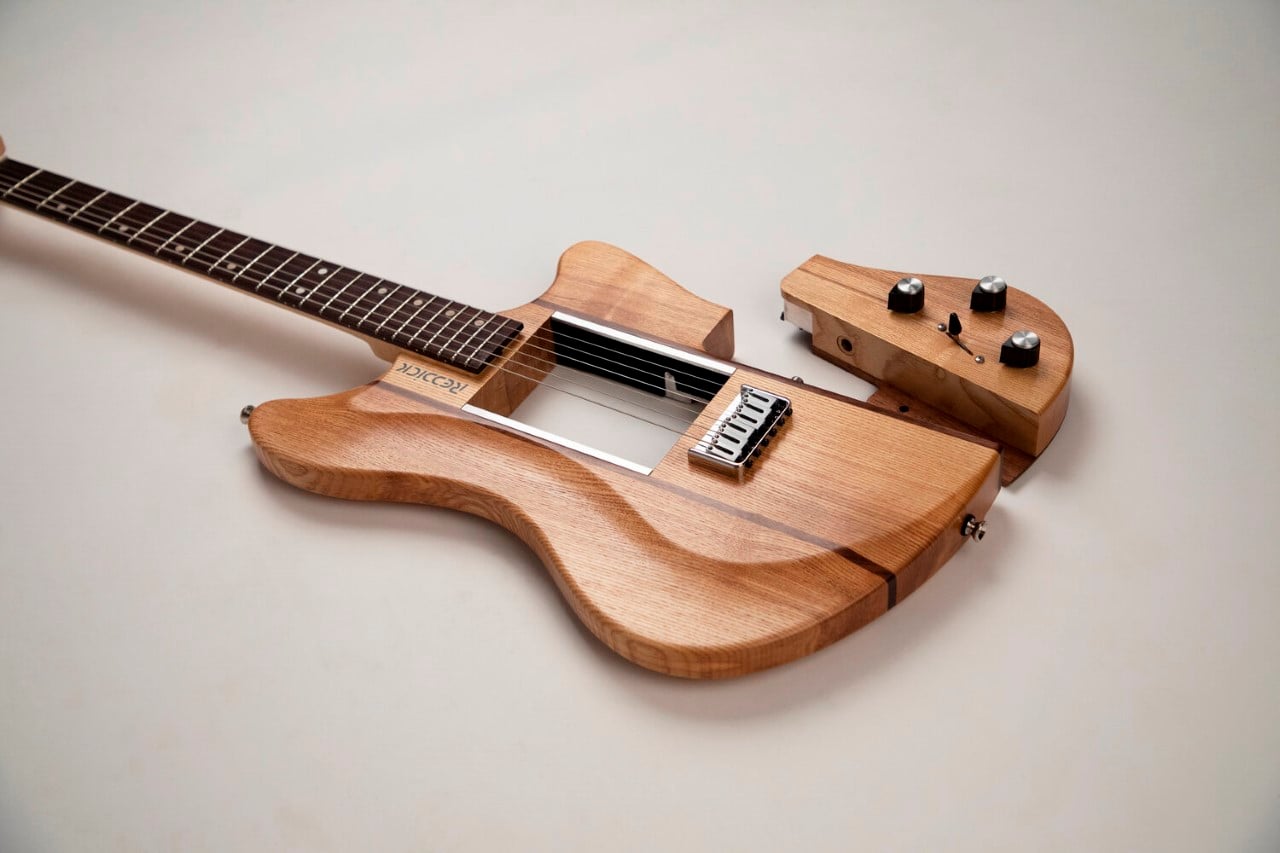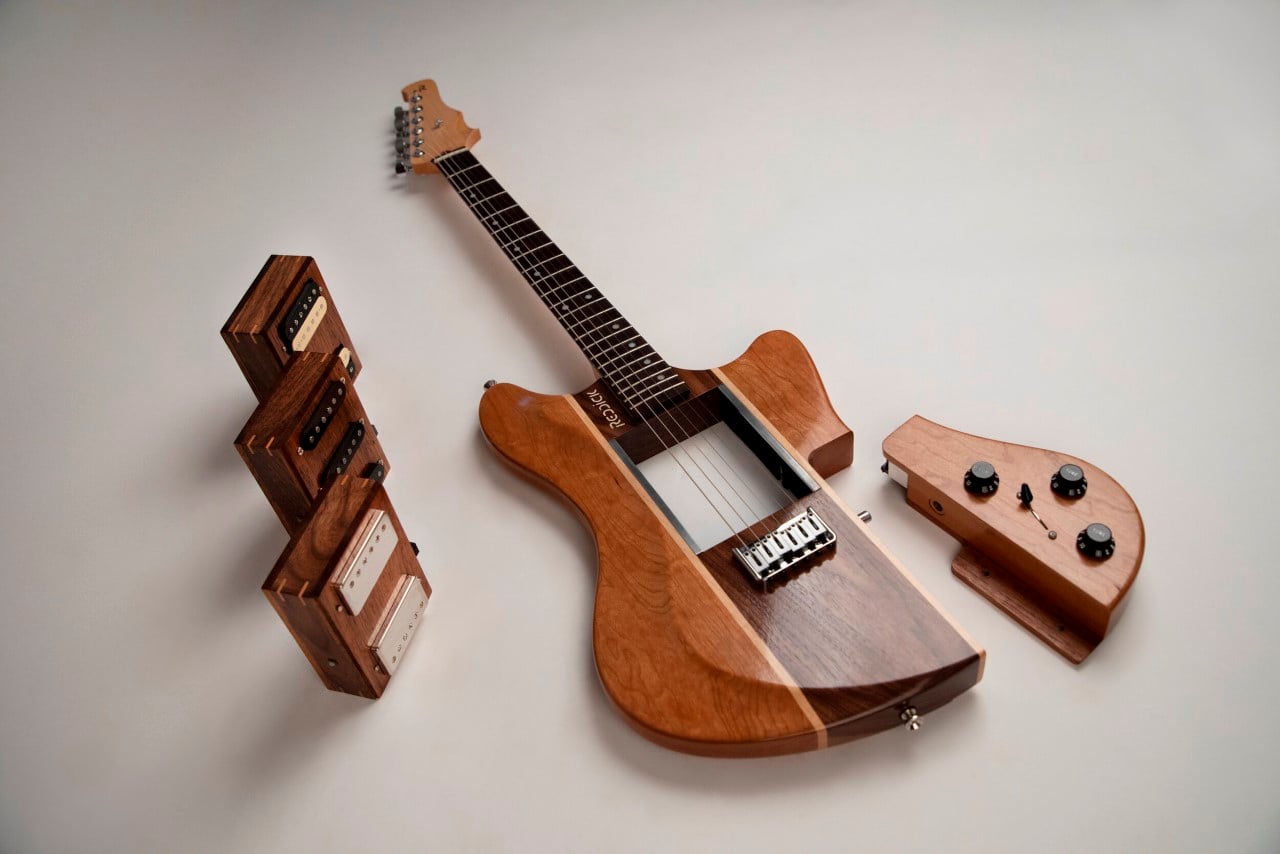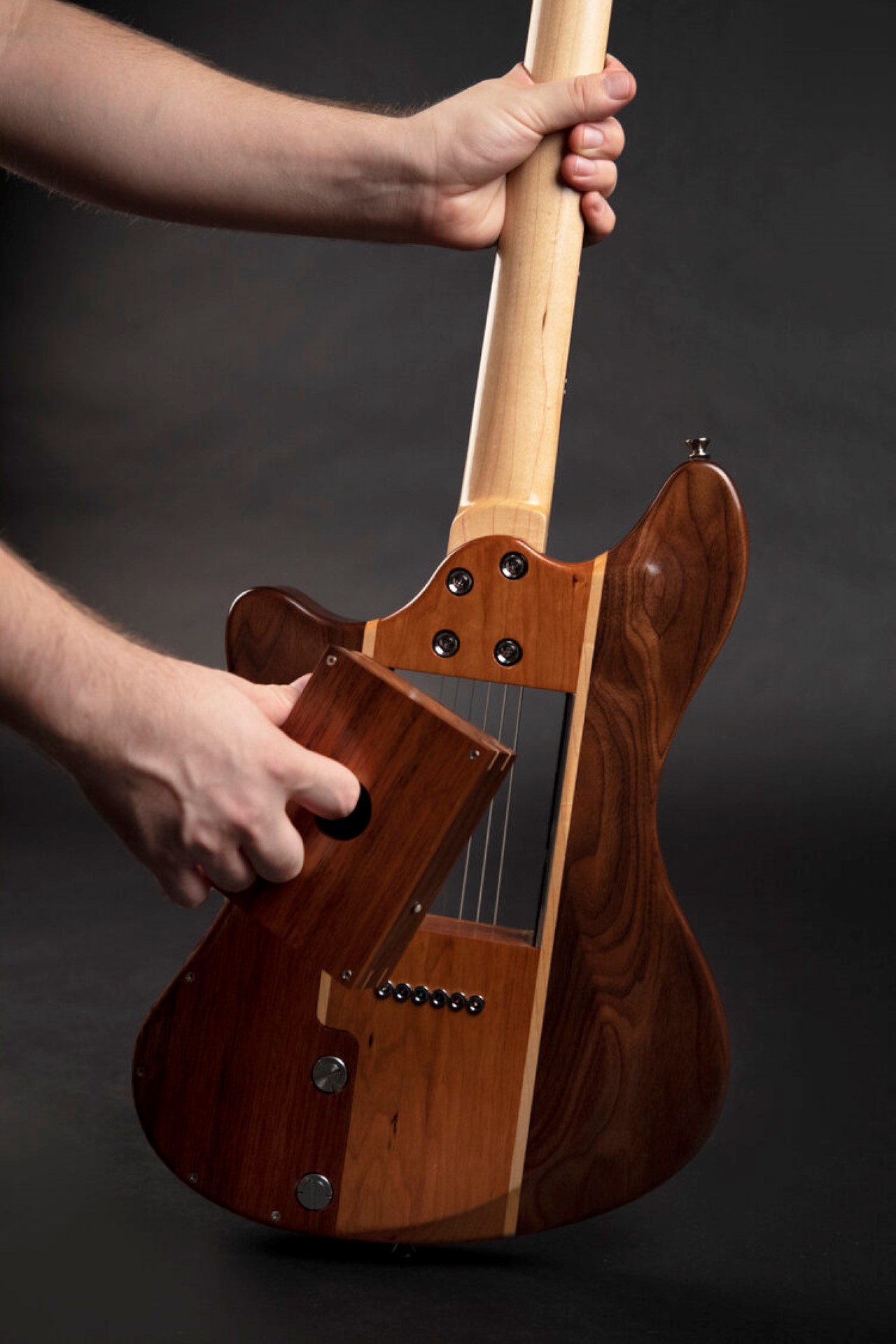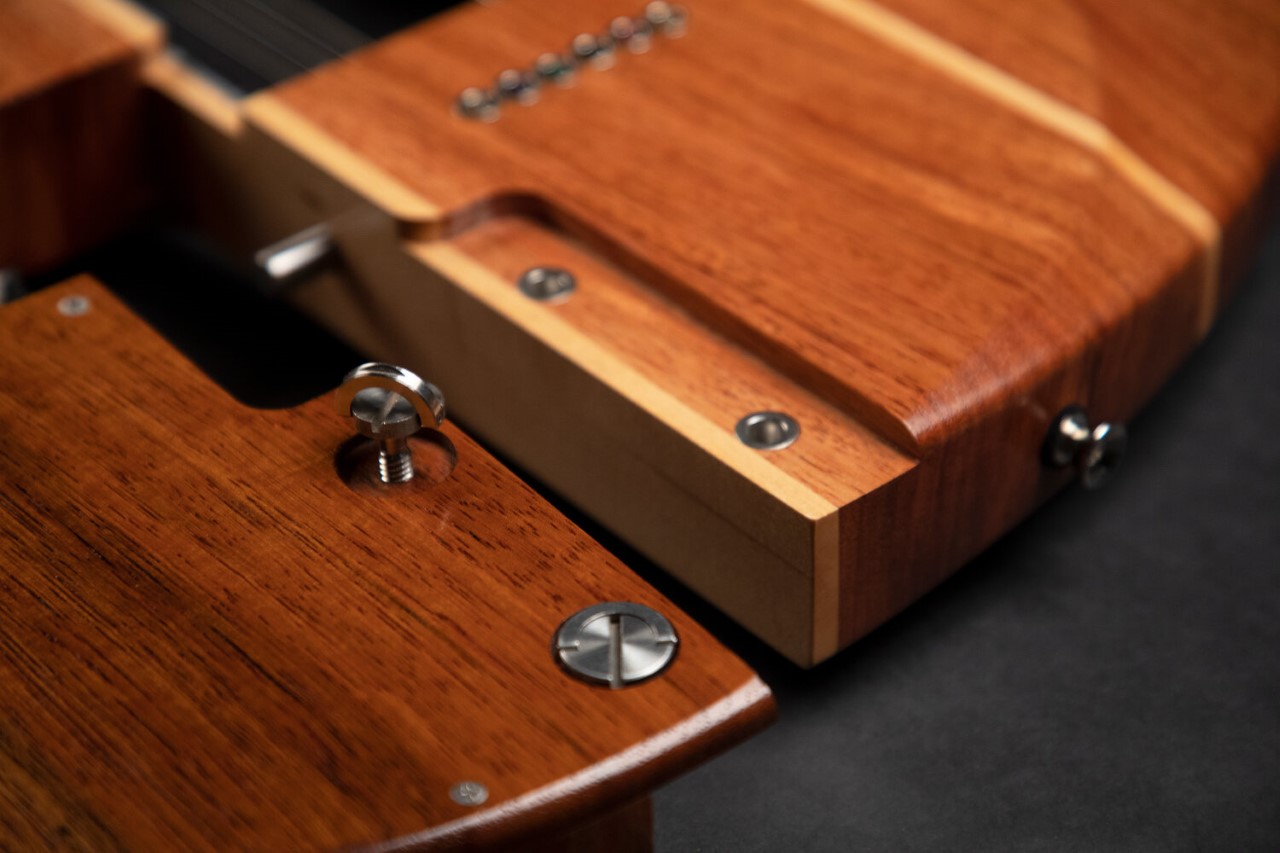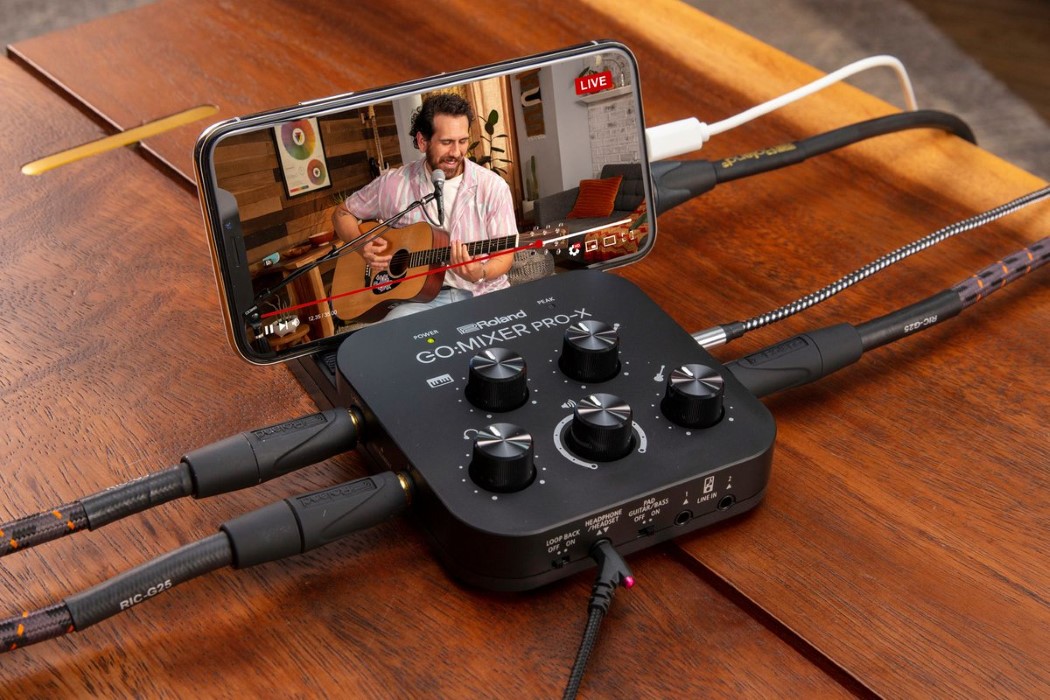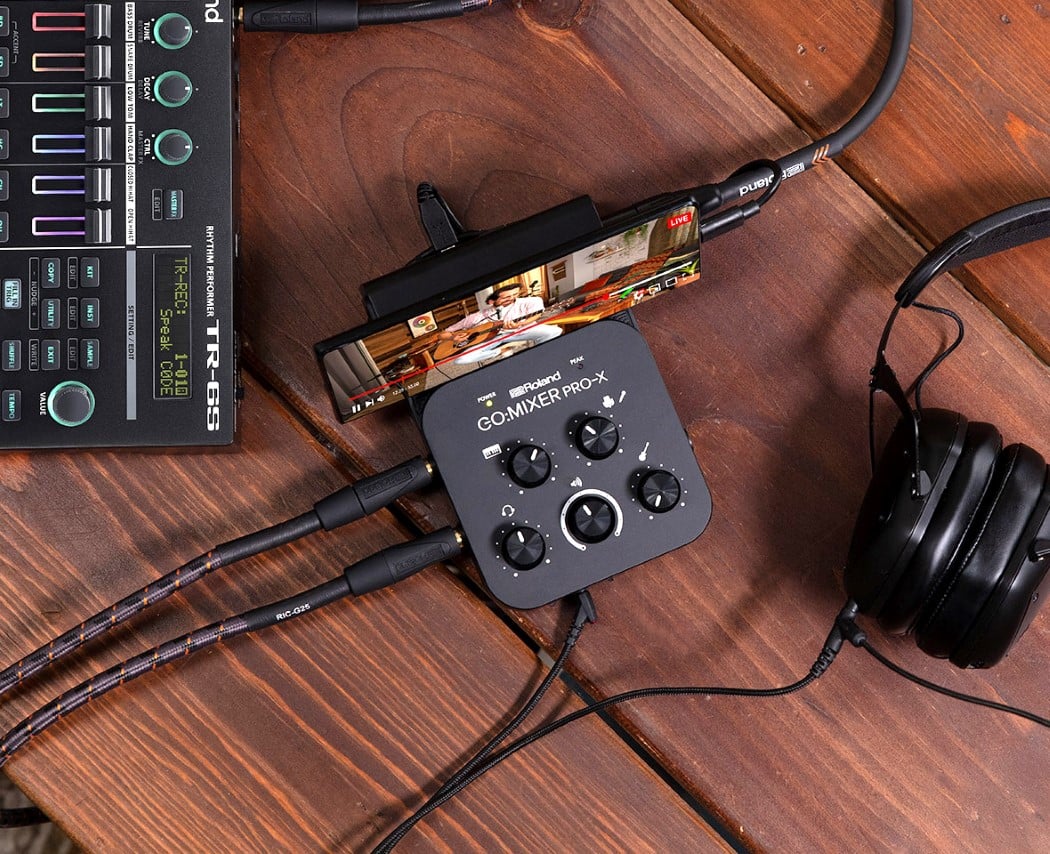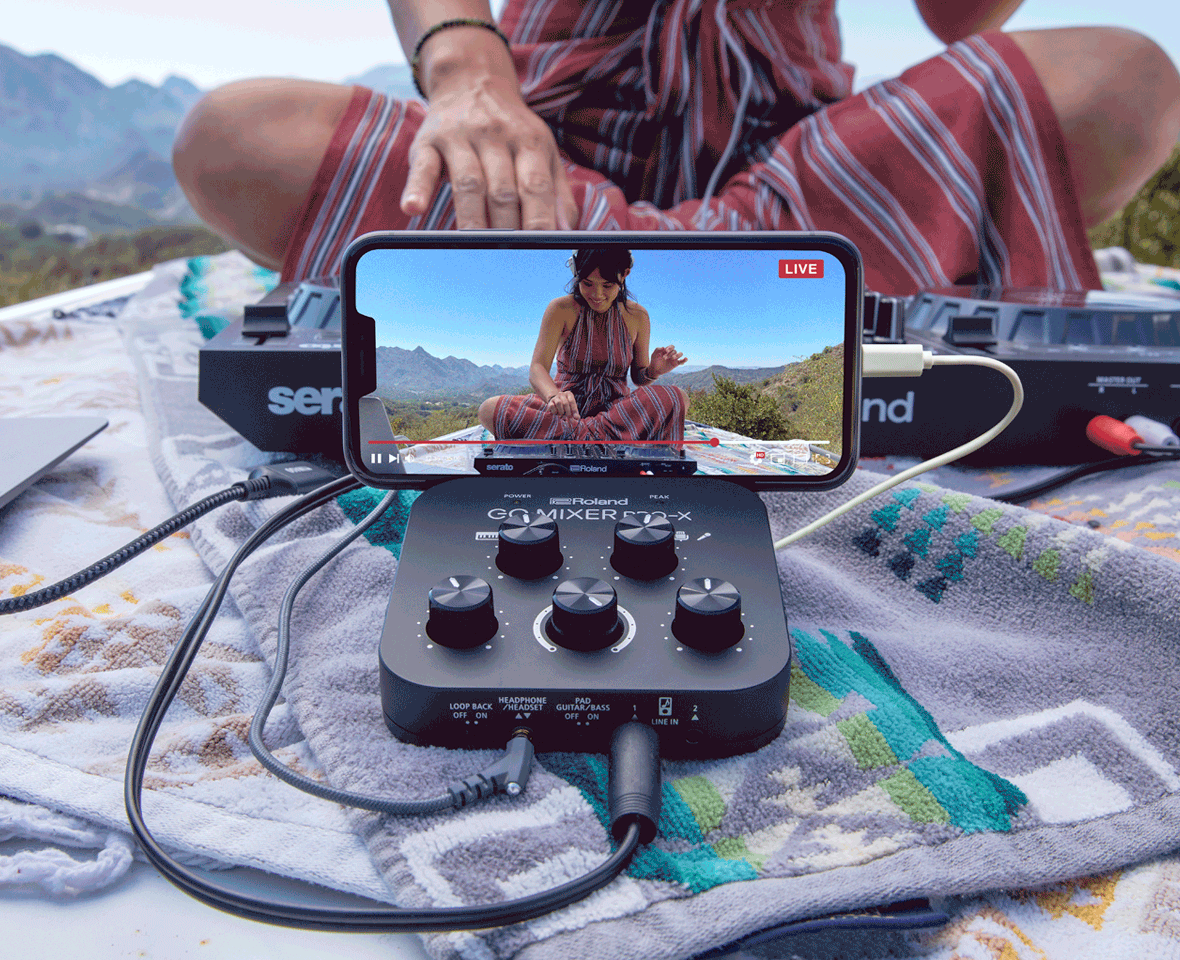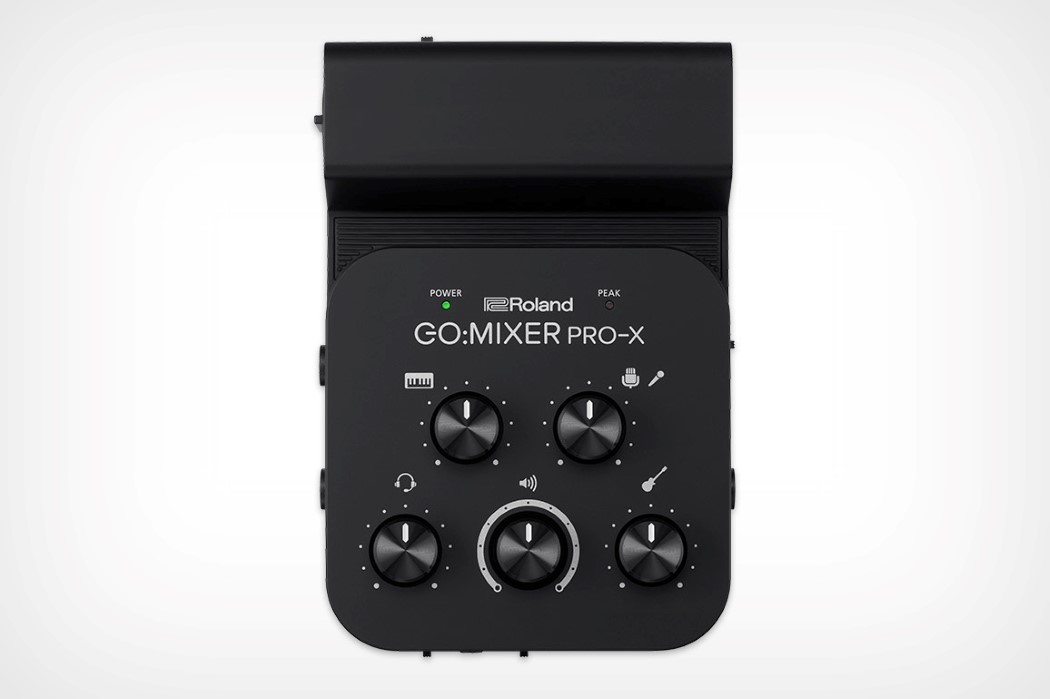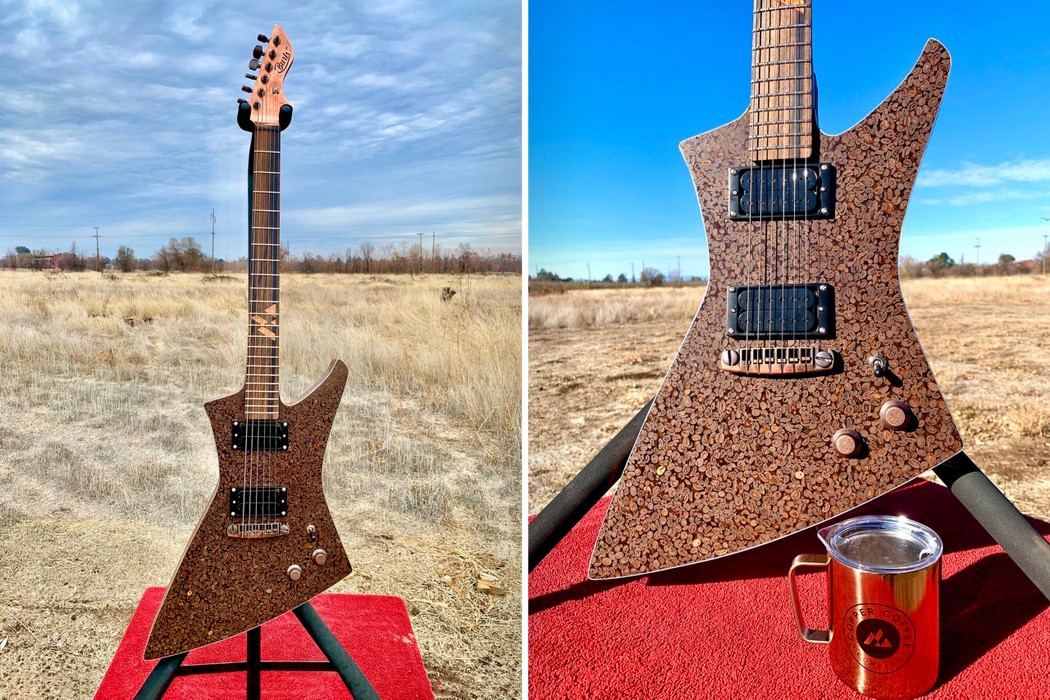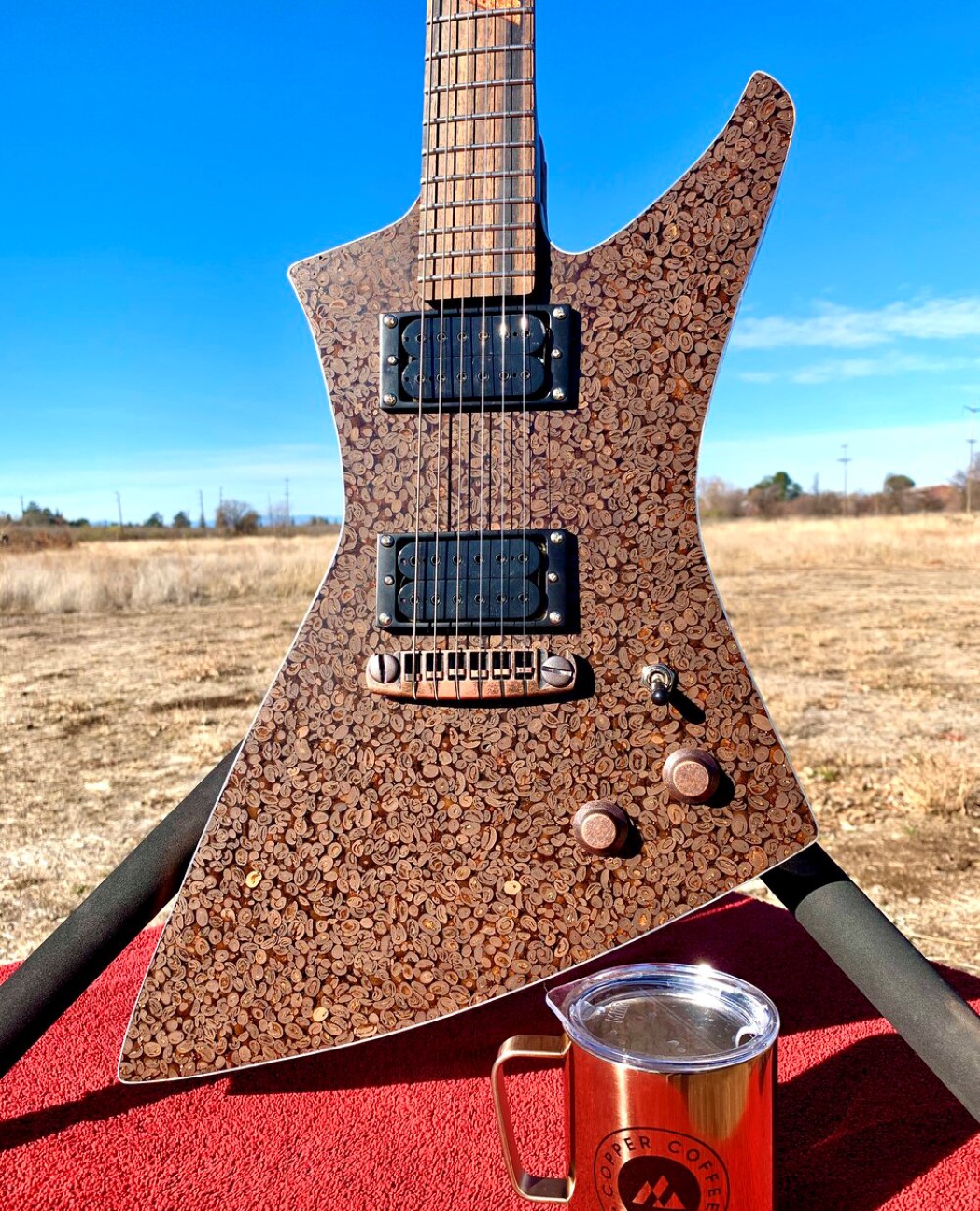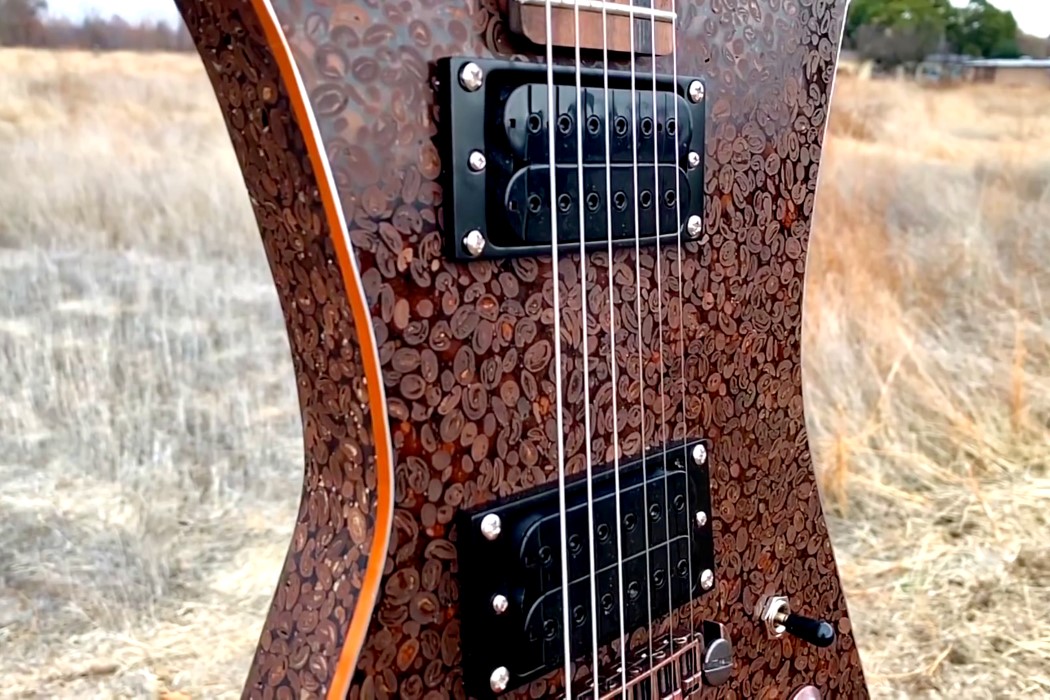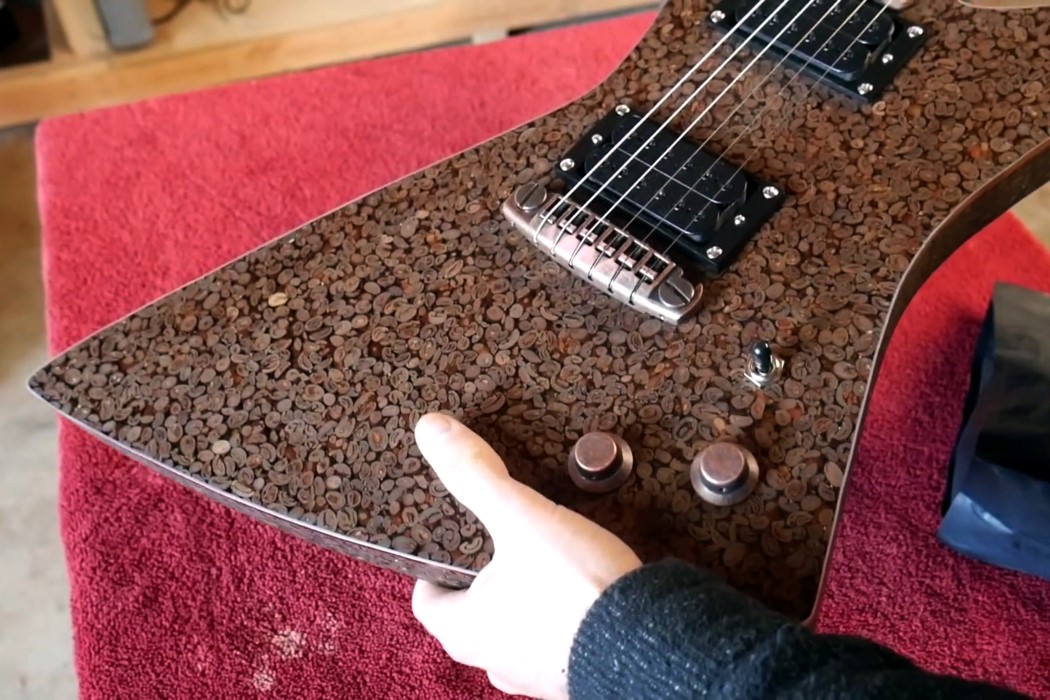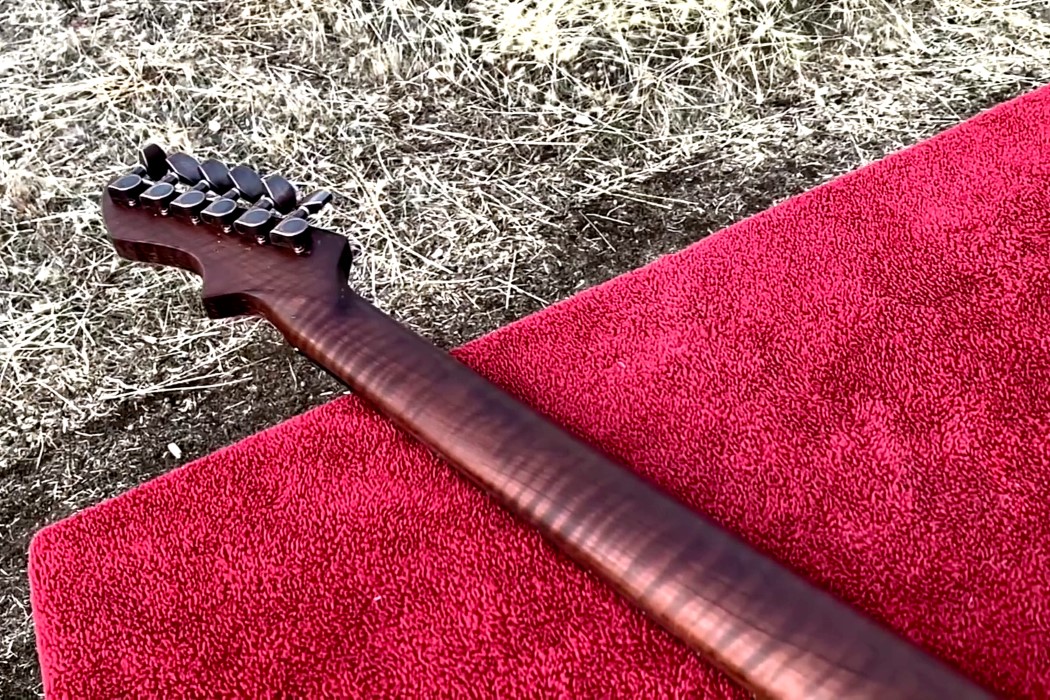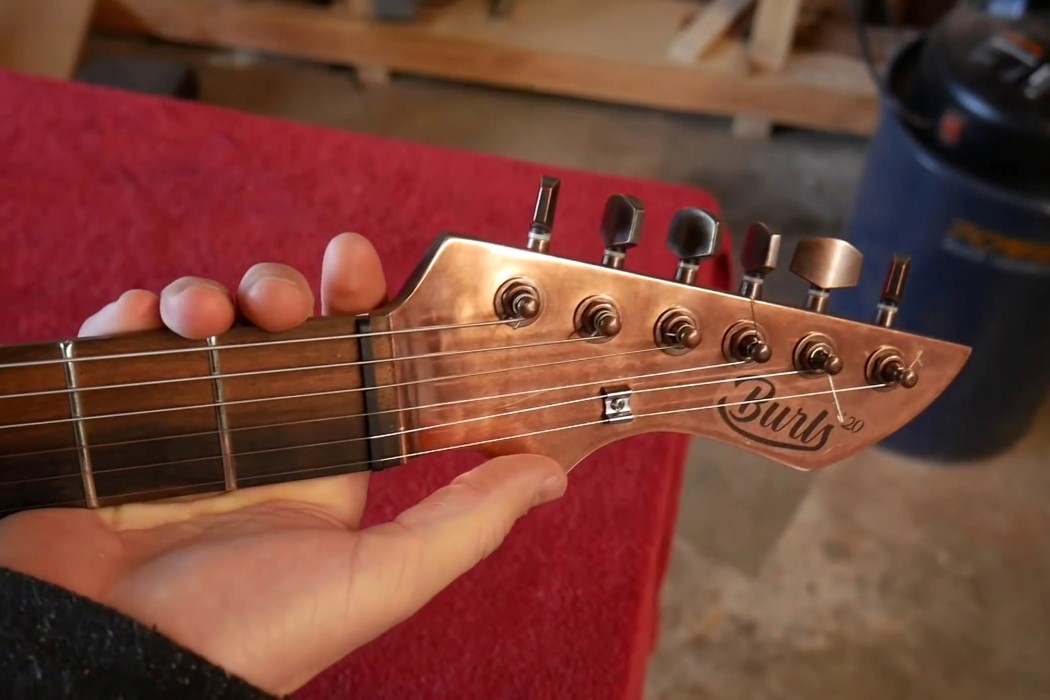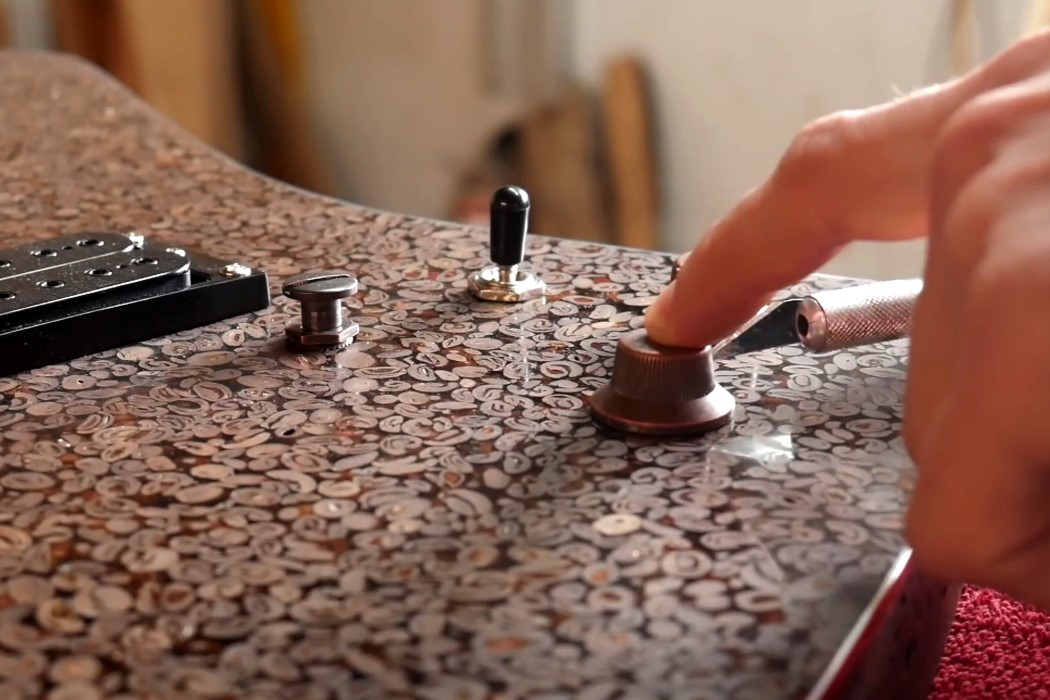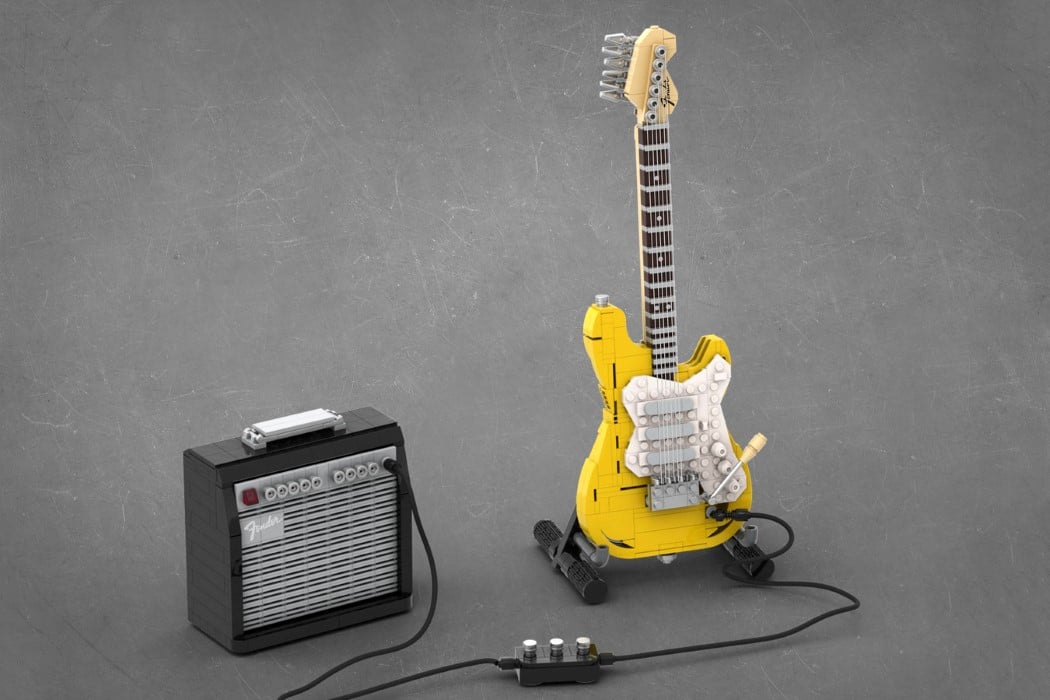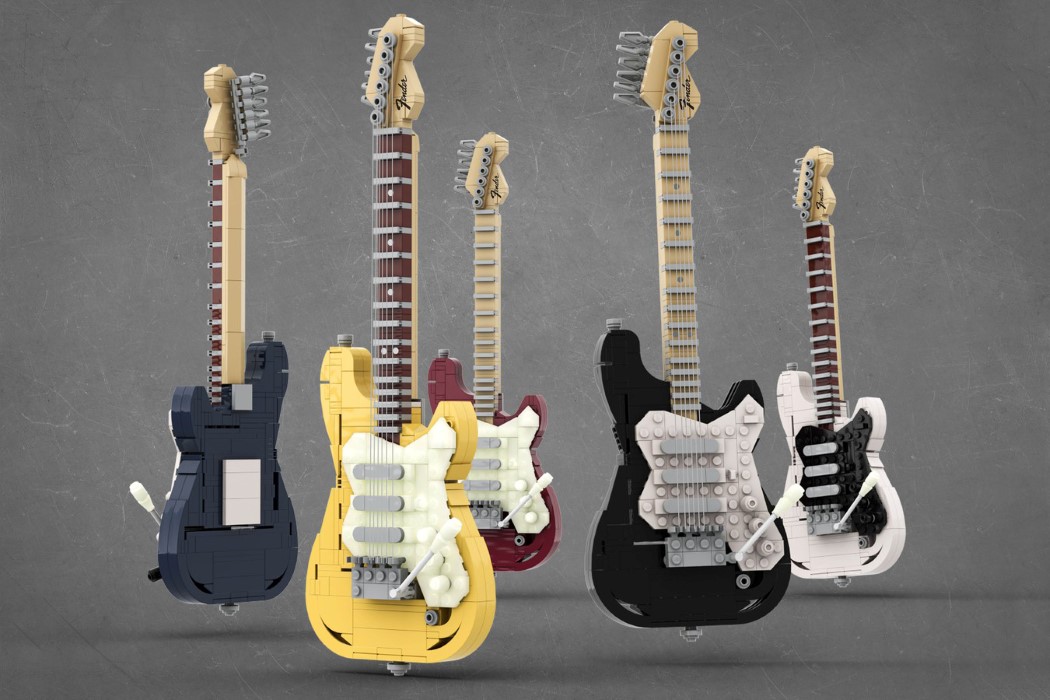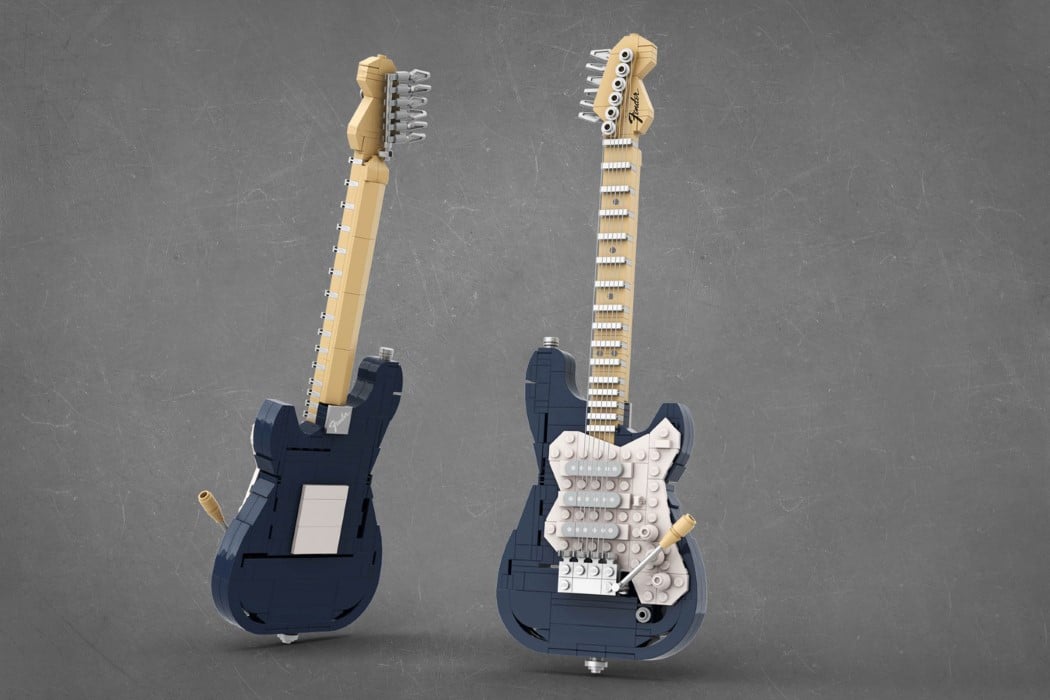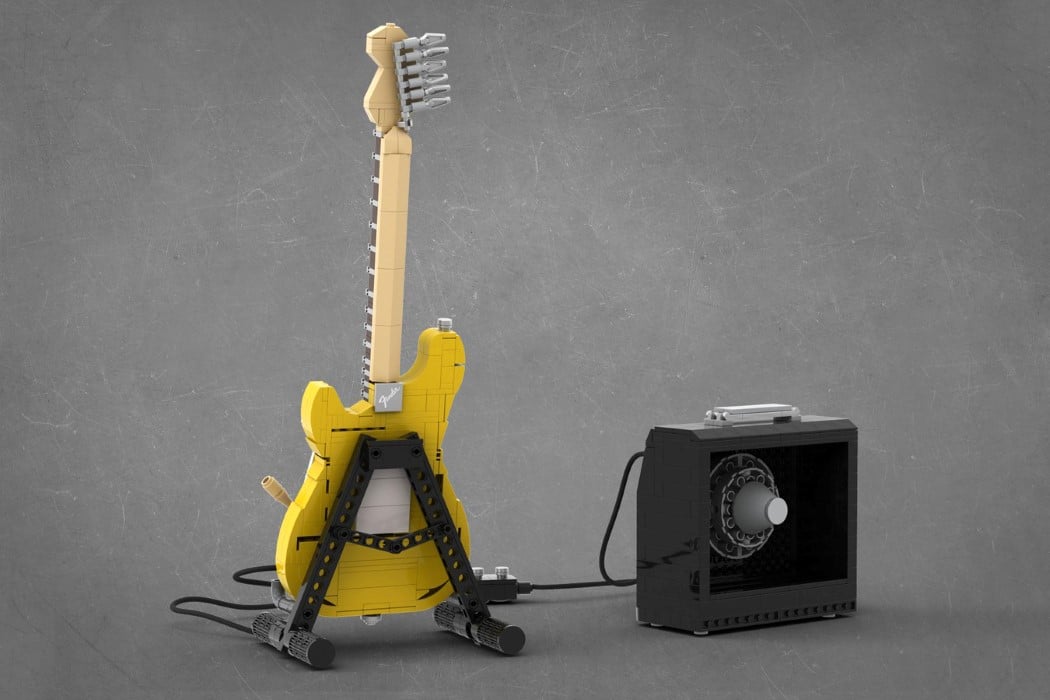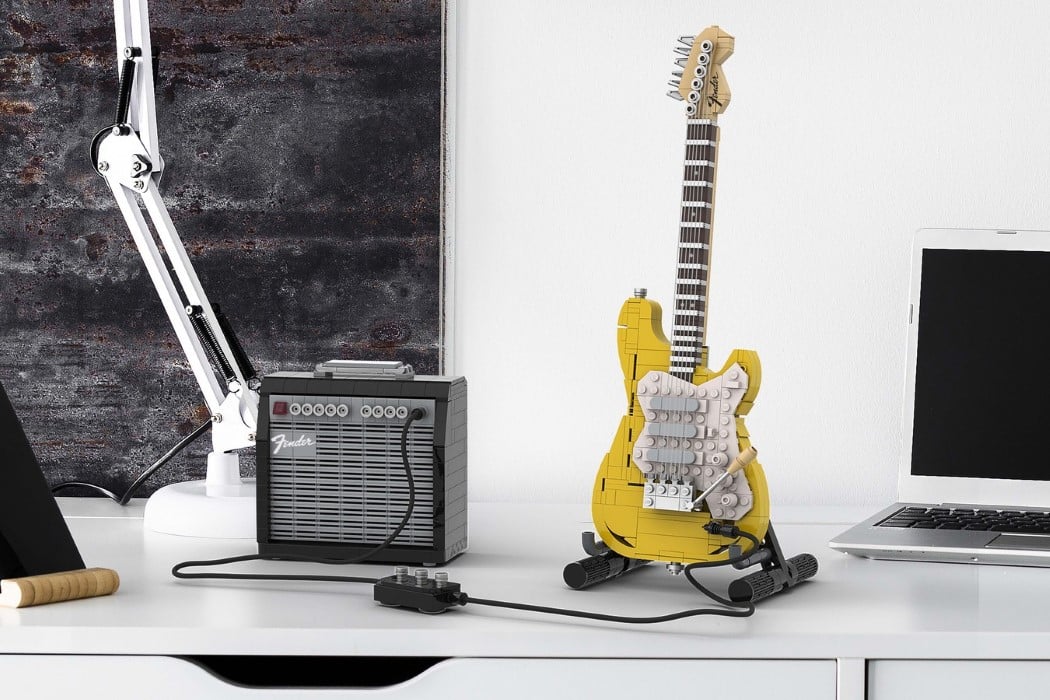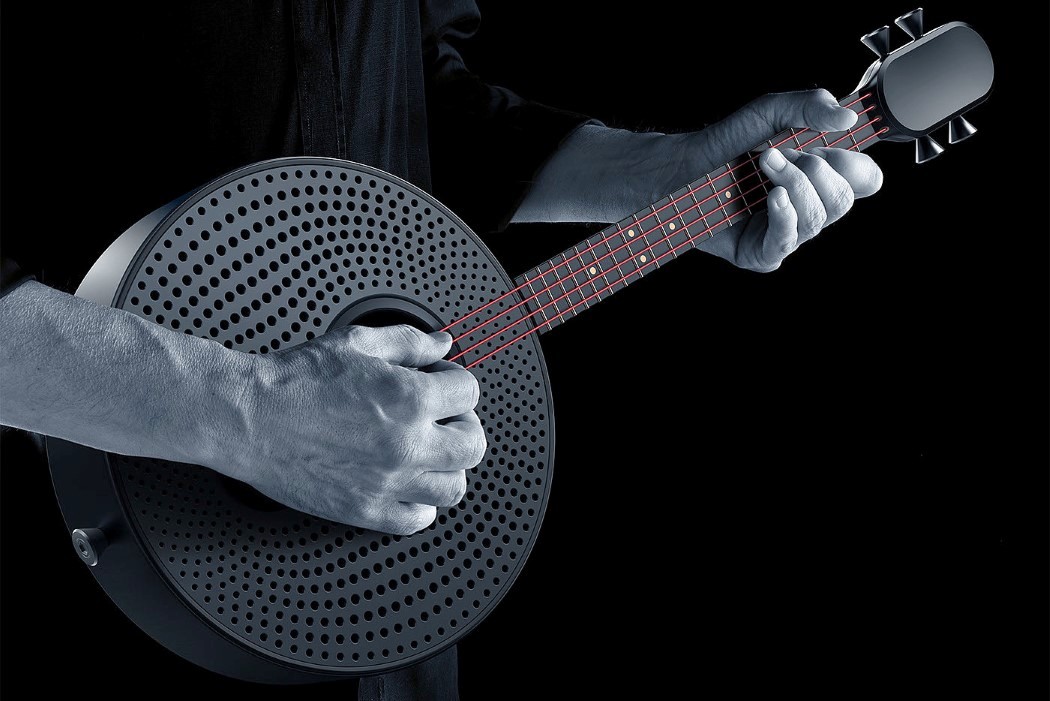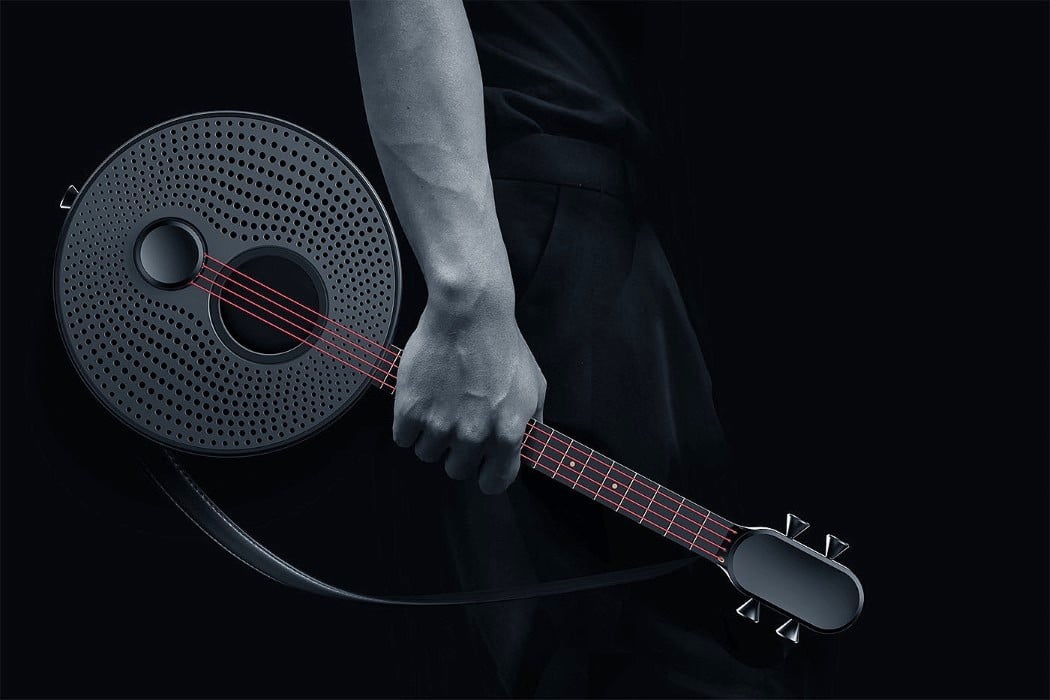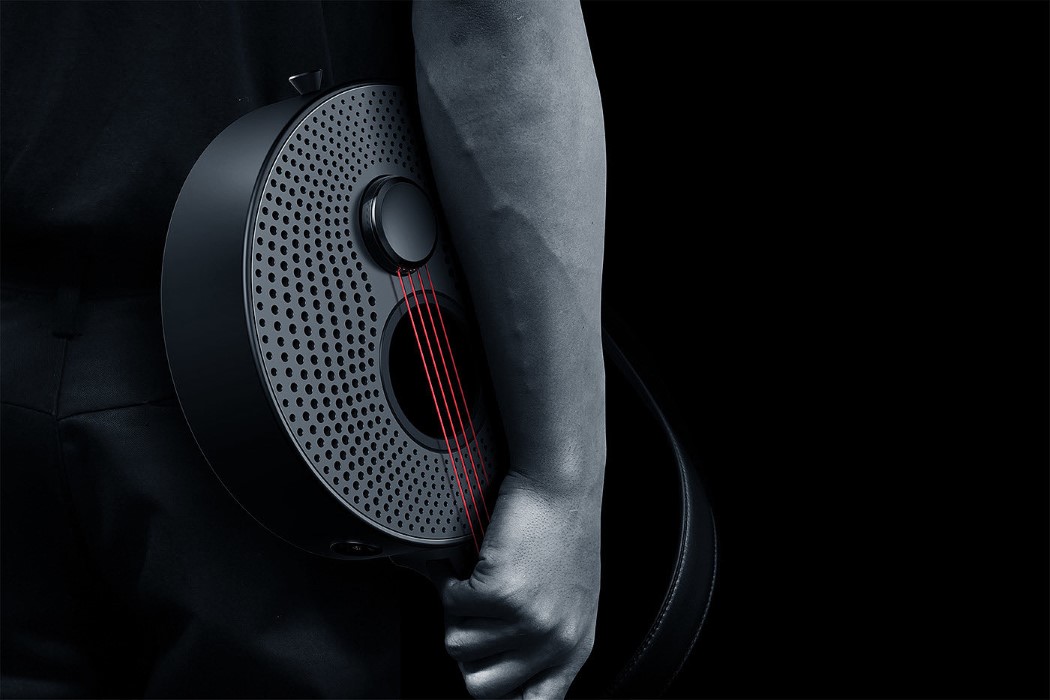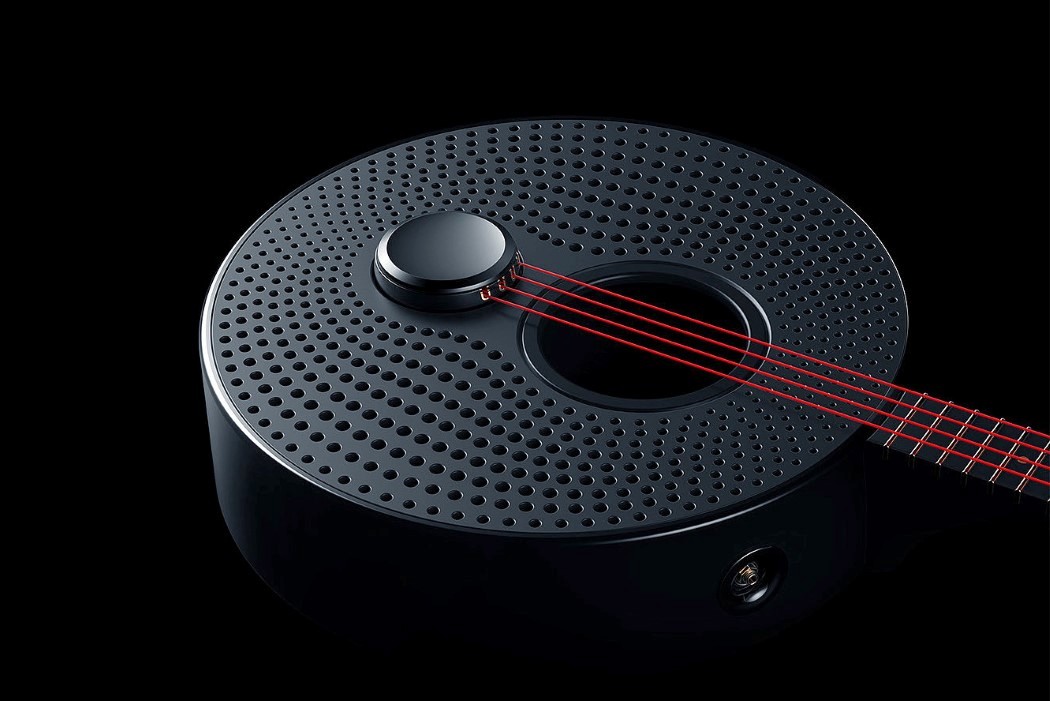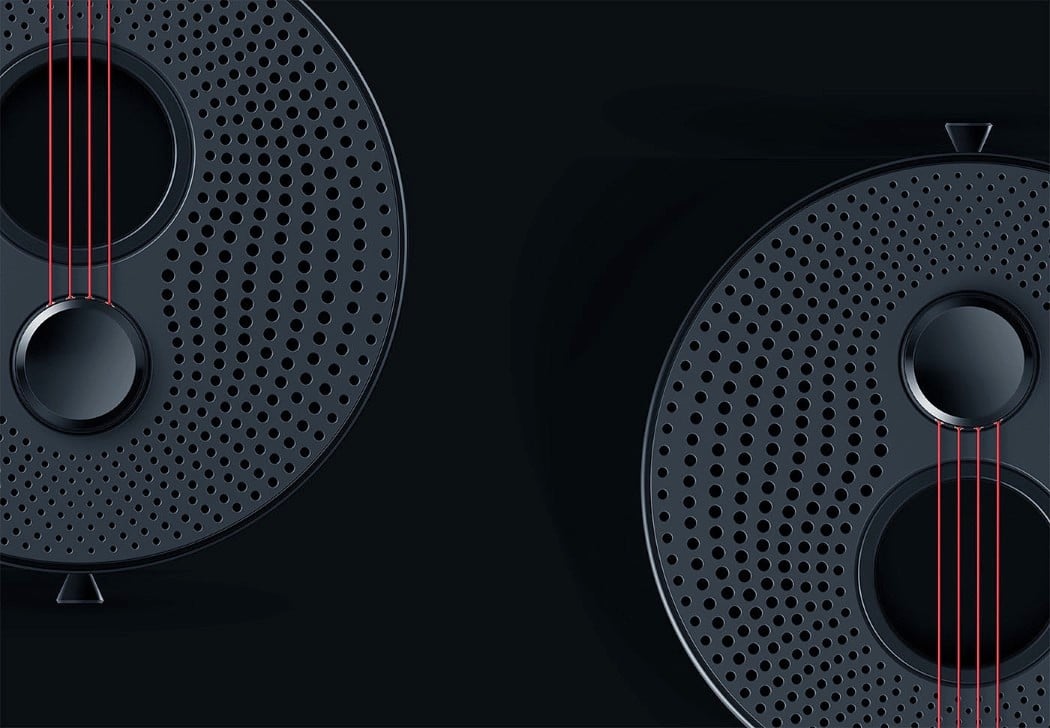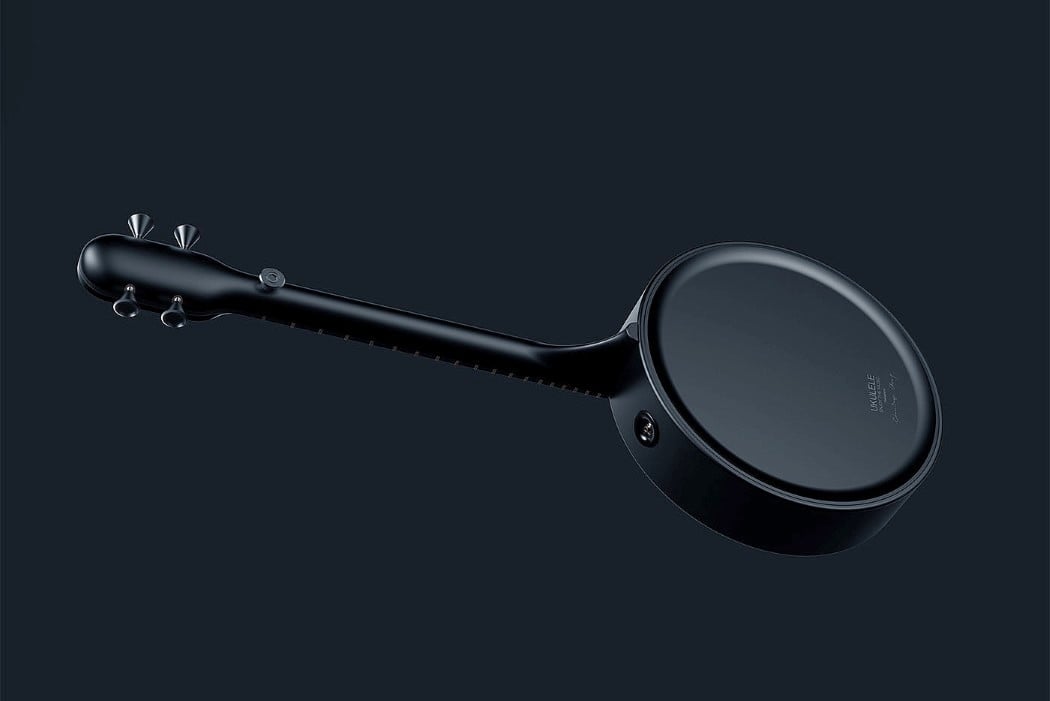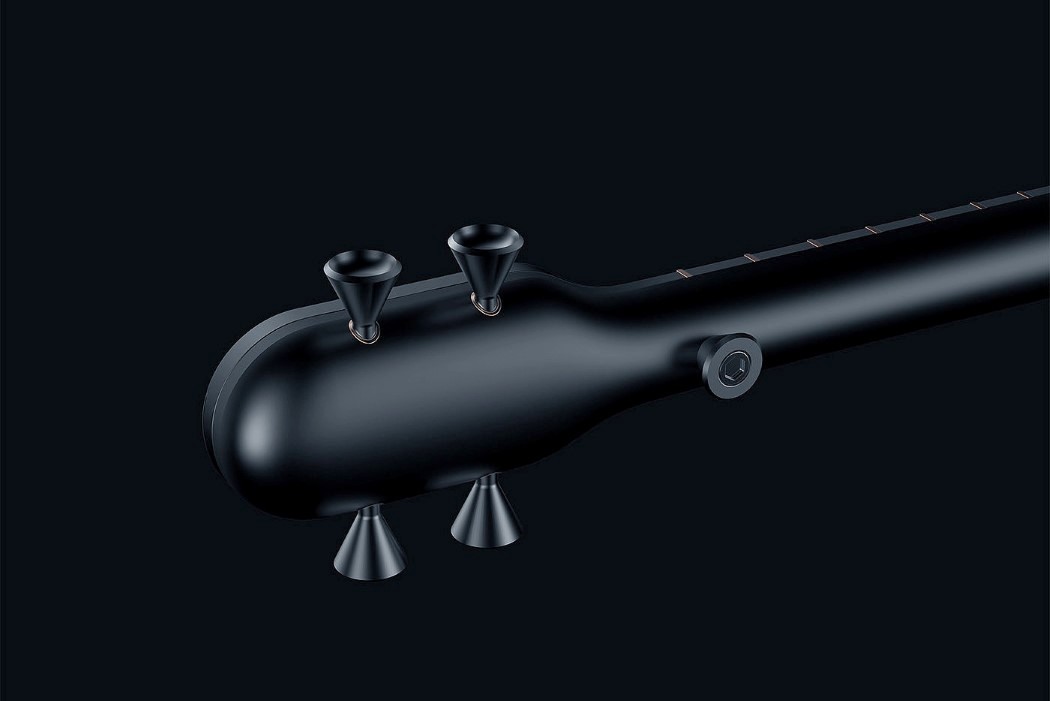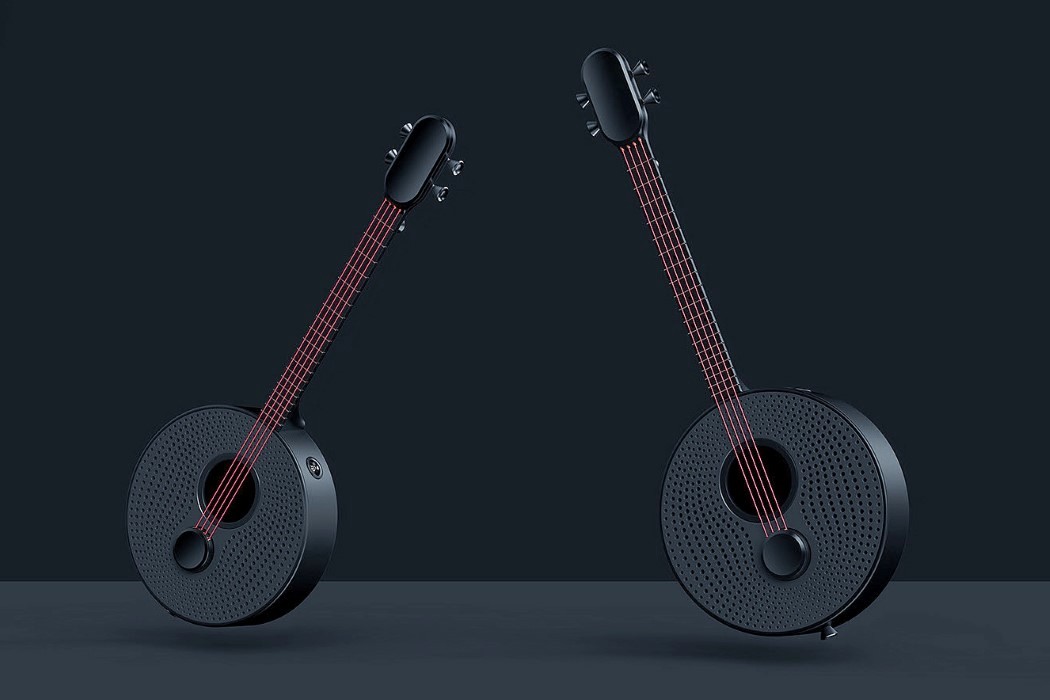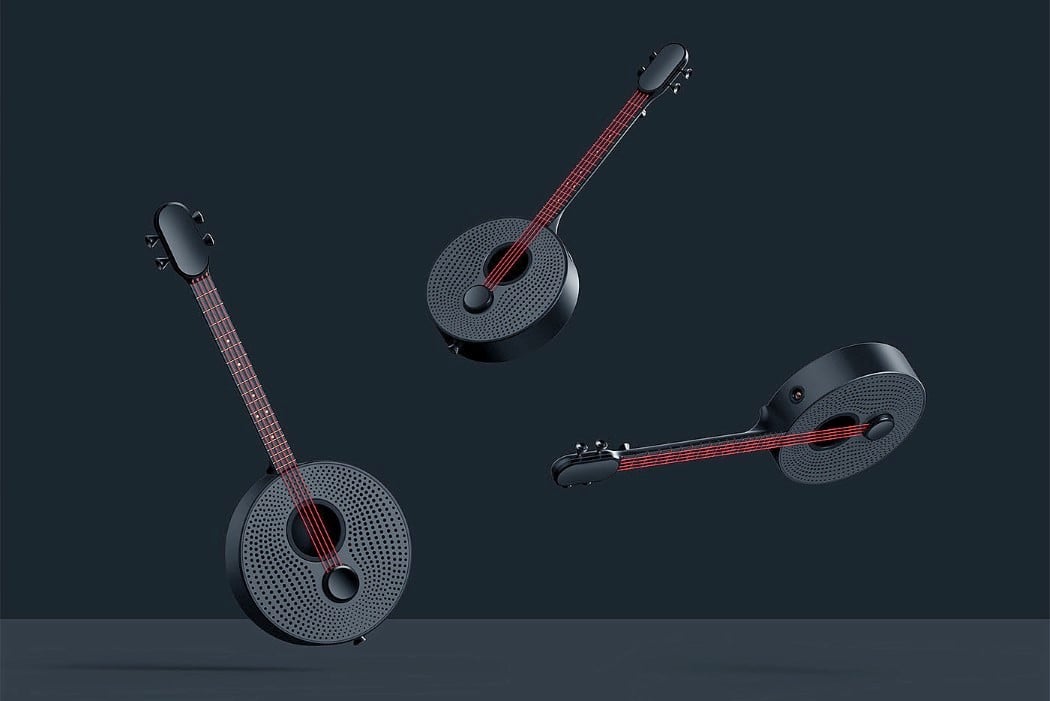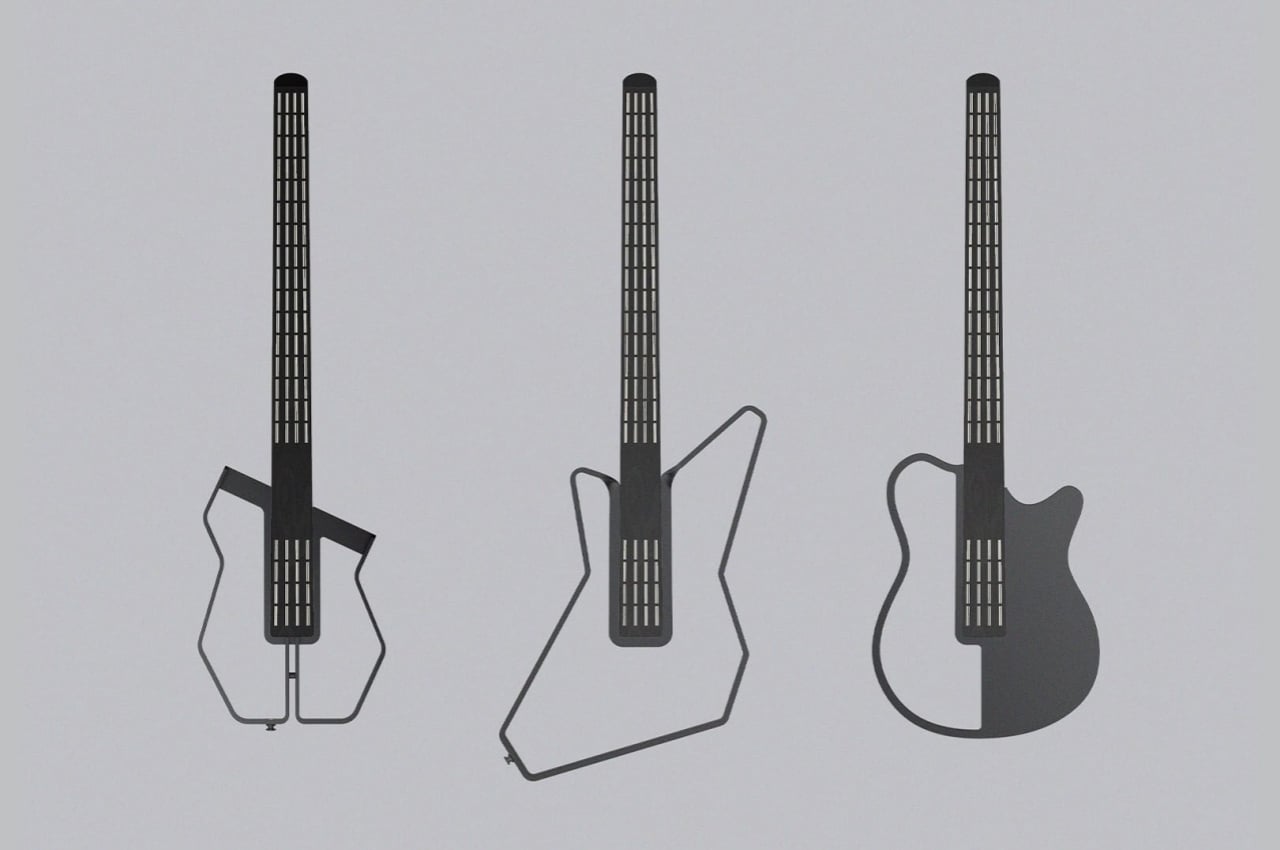
You’ll still need musical knowledge and skill, of course, but you might make other things you have some superpowers with this cool electric guitar.
Not everyone can play more than two or more instruments, but many musically skilled people can control electronic instruments without actually knowing how to use the real things. There are going to be some differences, of course, but there is a serious and professional field of music that involves these electric and electronic soundscapes. Most of these are operated with MIDI controllers, devices that geeky boards filled with buttons and sliders or, at the very best, an unassuming keyboard. The Ni28, in contrast, looks more like a very stylish and cool electric guitar, and using it will probably make you look like some music god that can produce all kinds of music and sounds with something that looks like the skeleton of a guitar.
Designer: Joris Wegner
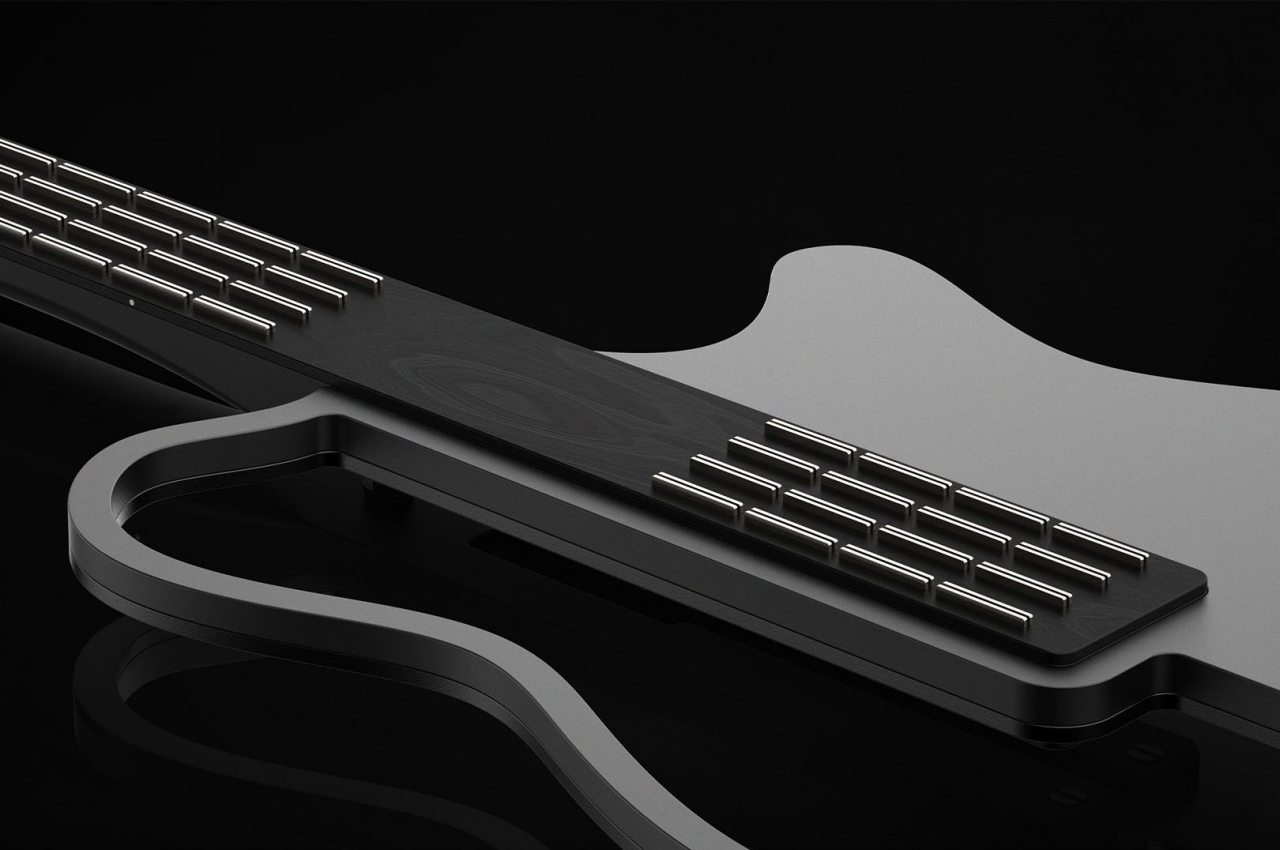
MIDI controllers often need two kinds of controls. One is for toggling certain settings or firing off some actions, while another set of controls maps to pitches like notes on a scale. That’s why most MIDI controllers take the form of keyboards with additional buttons, sliders, and switches because these more easily translate to the kind of things that the controller needs to communicate with. It doesn’t always have to be a keyboard, though, and sometimes rocking out with a guitar can sometimes have more impact, especially when performing on stage.
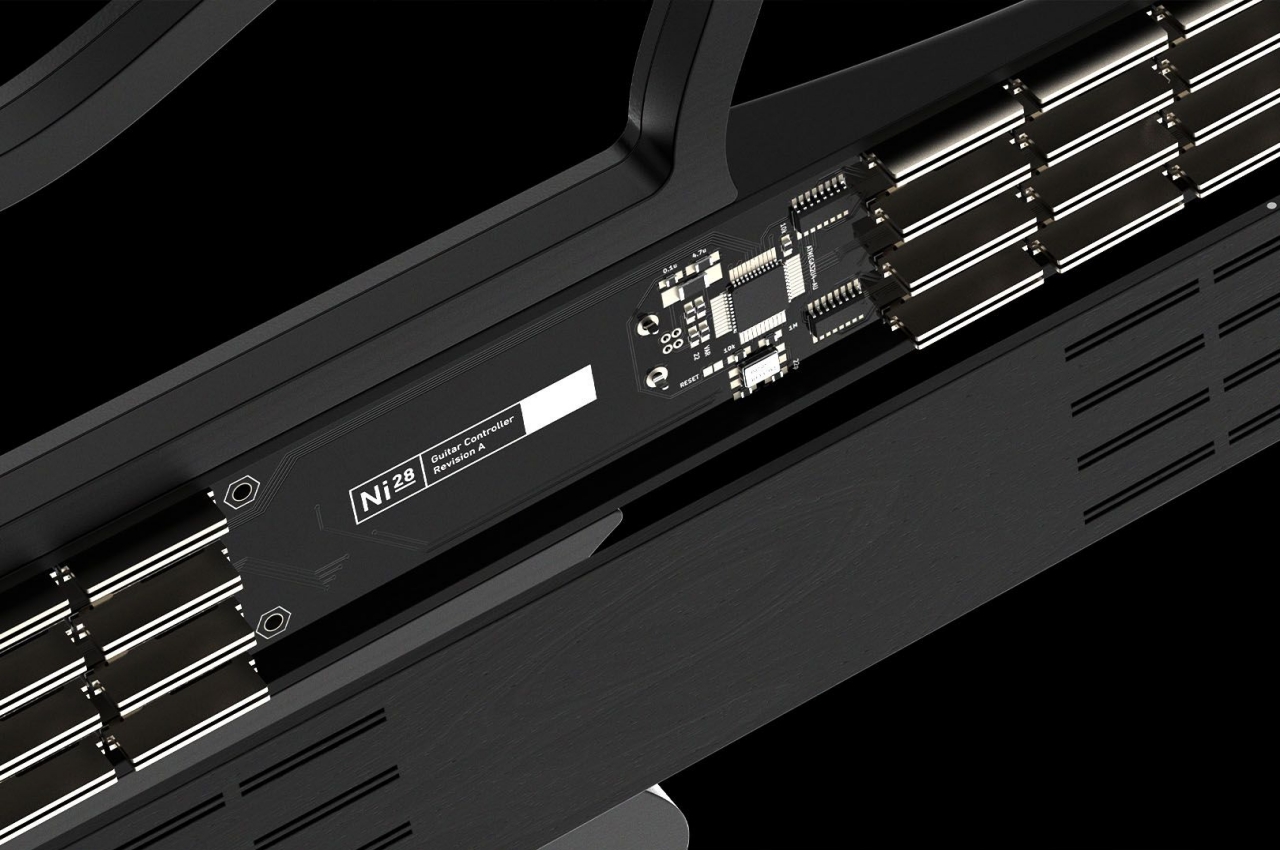
The Ni28 Electronic Guitar does exactly that and could give the player the look and the feeling of being a rockstar god. Instead of strings and frets, however, the entire neck of the guitar has a matrix of nickel-plated (hence the name) brass plates that can activate nodes when touched. Unlike with a typical stringed instrument like a guitar, you don’t need to exert much pressure to cause an activation. You can bridge two adjacent plates, or you can lightly press one plate on the neck and then touch the “string” on the waist of the guitar to have the same effect.
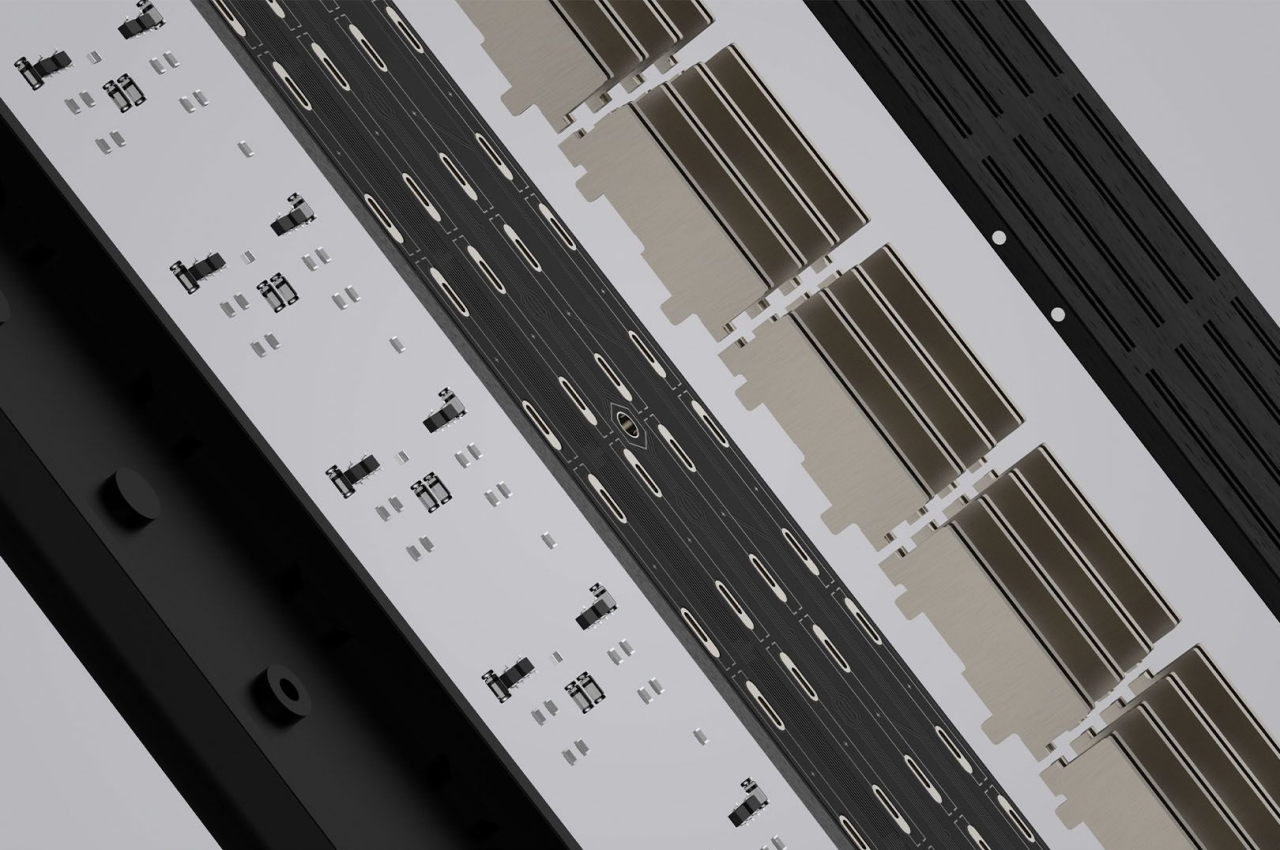
This design has quite a few advantages. For one, you don’t need muscle memory to play music like on a regular guitar, though you do need to remember which frets do which. You don’t need to strain your fingers either because a gentle tap is all that’s required to activate a plate. This makes it easier to use even compared with a keyboard where you do still have to exert some force to press down on a key. Your fingers and hands can just dance over the guitar, making it look like you’re producing music with magical gestures.
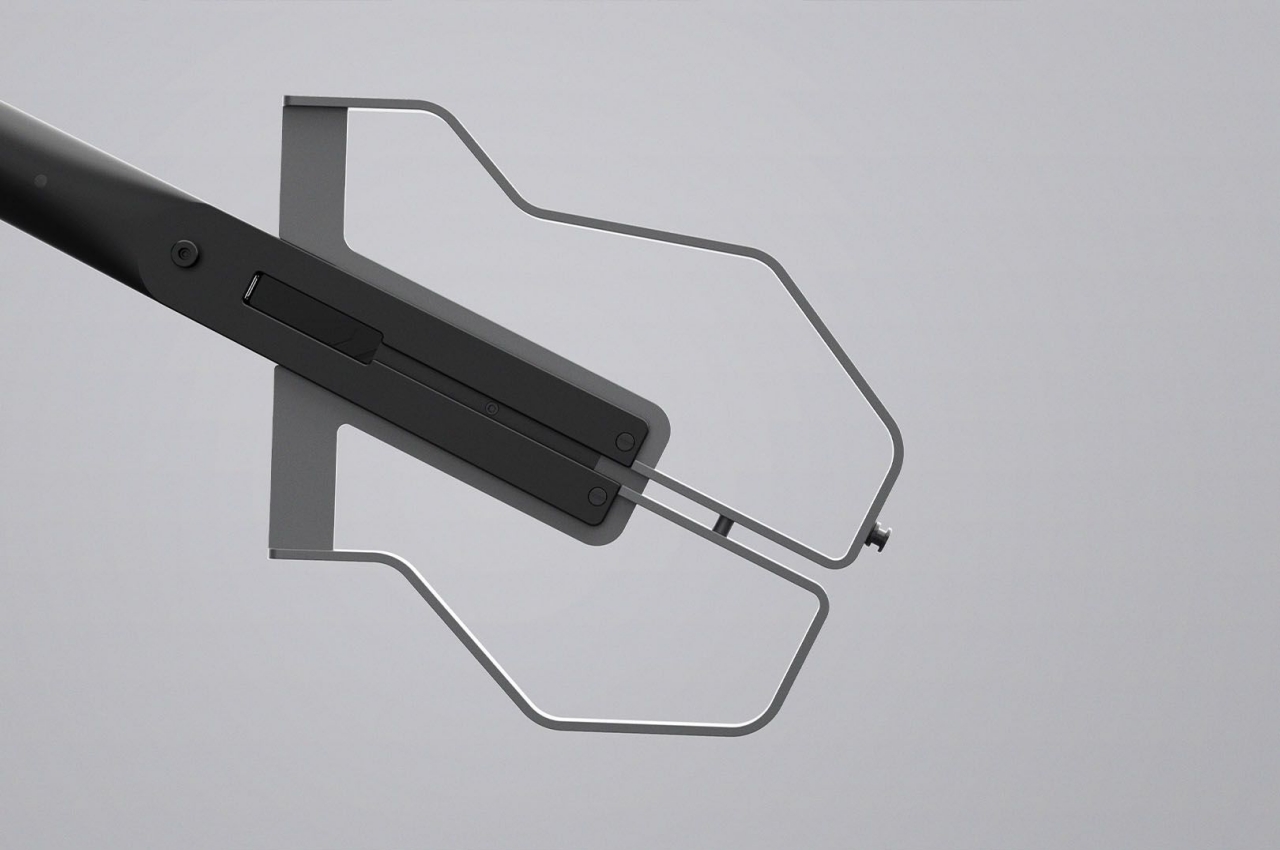
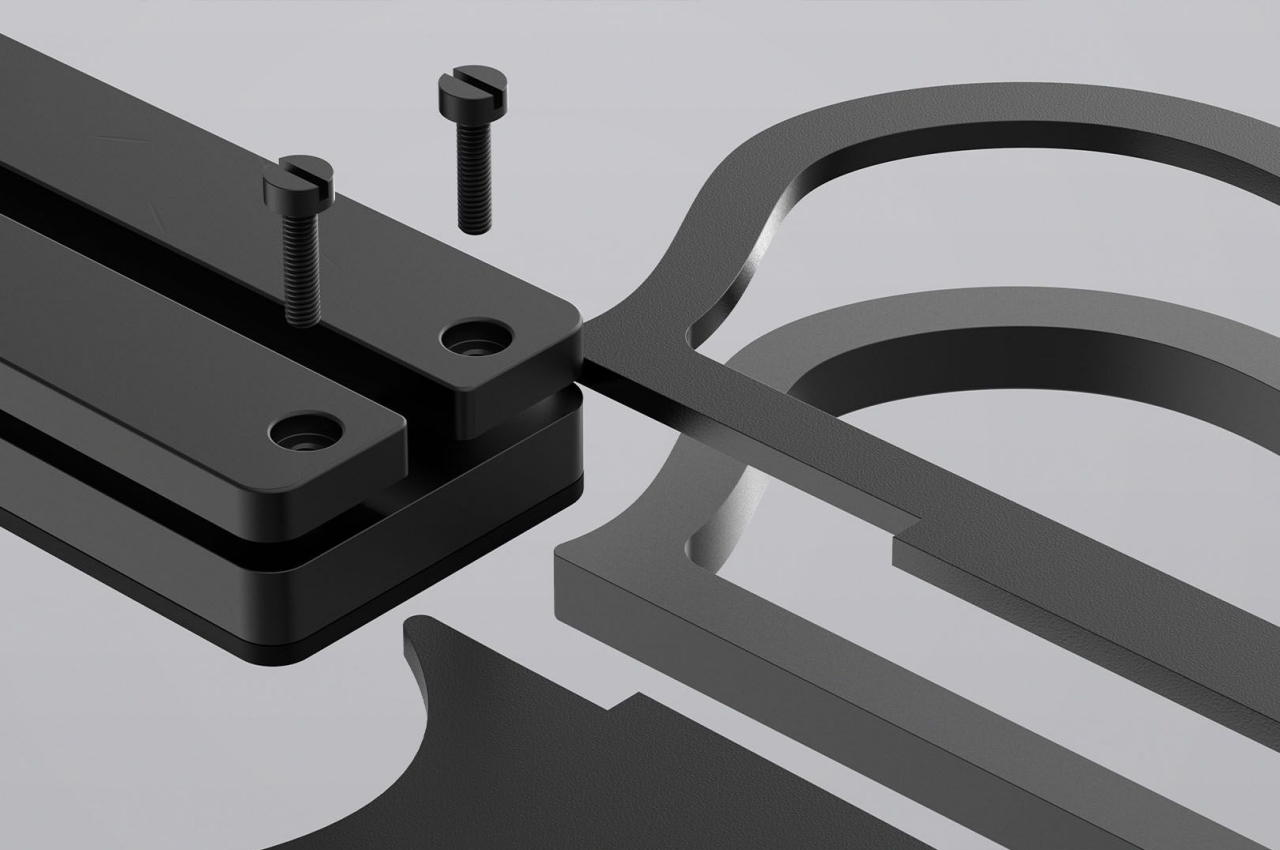
There’s also an advantage to how such a guitar can be physically designed since all the electronics are confined inside the neck of the guitar. The body itself can simply be a frame or skeleton, or it can be swapped out for any other design at any given moment. It has absolutely no effect on the output or performance since there are no acoustics to mind, so you can focus more on ergonomics and appearances that will be critical for an impressive stage performance.
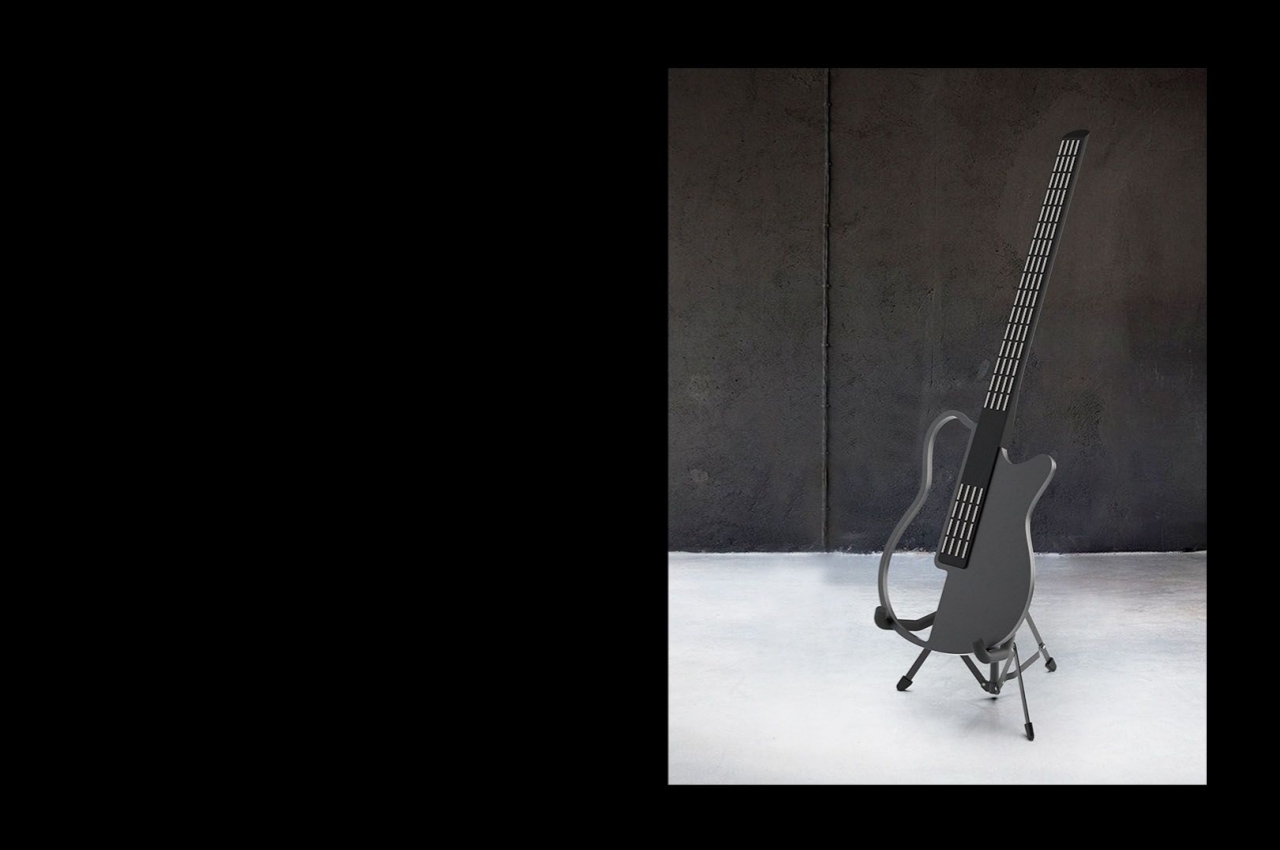
The post This electric guitar is a MIDI controller that turns you into a music wizard first appeared on Yanko Design.

